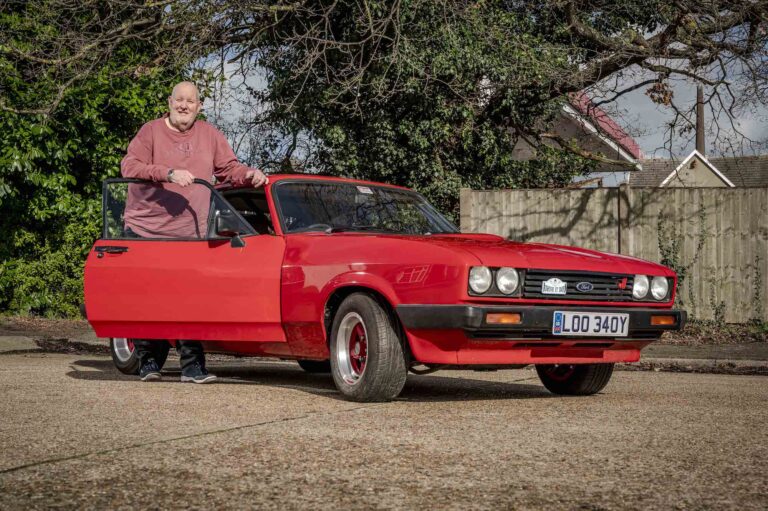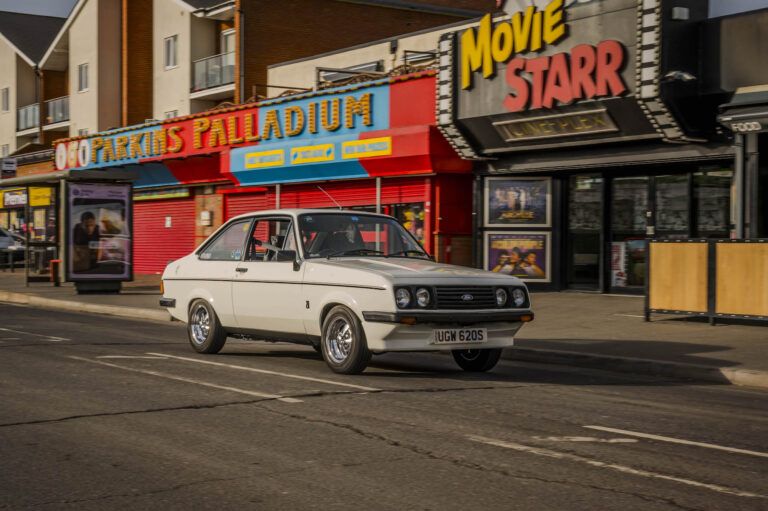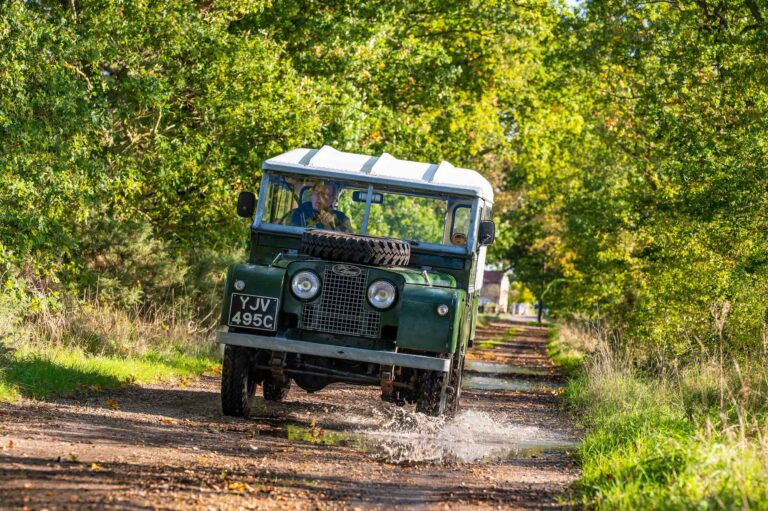Not for nothing has the Volvo Amazon earned a reputation for being one of the most rugged and reliable cars on the planet.
And Keith McGill’s 1959 122S, the oldest of that model in the UK, has had to be tough to survive some shoddy treatment in its younger days, followed by years stored in an asbestos garage that all-but blew away in the hurricane of October 1987.
That it looks so stunning today is entirely down to the dedication of the man who bought it as something of a wreck back in 1971 and has since nursed it back to health not once, but twice.
Keith, a senior design engineer at the Defence Science and Technology Laboratory, admits that it may not have survived being laid up for years in the early ‘90s but for the increasing value of its number plate, 4 JKM.
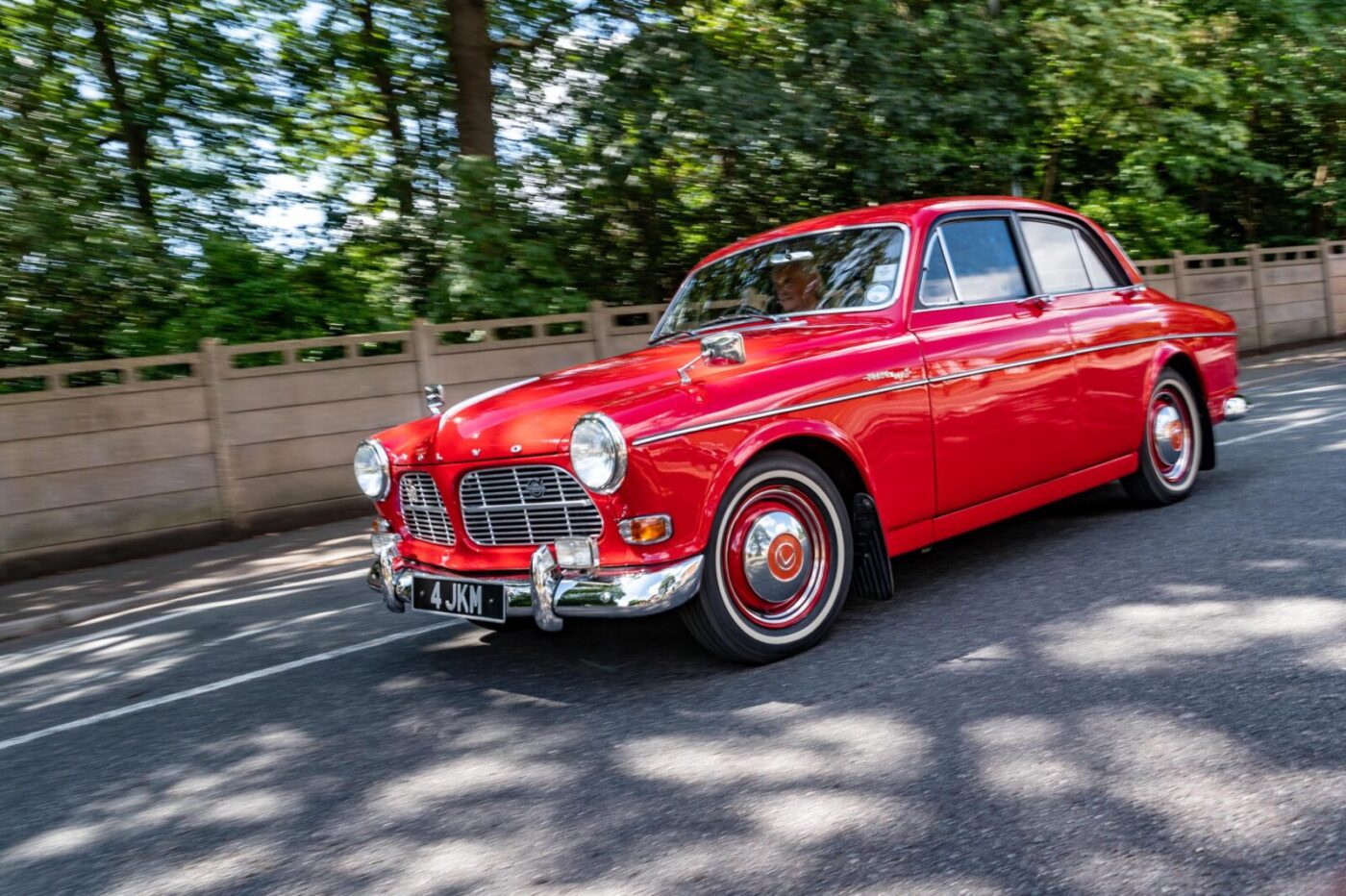
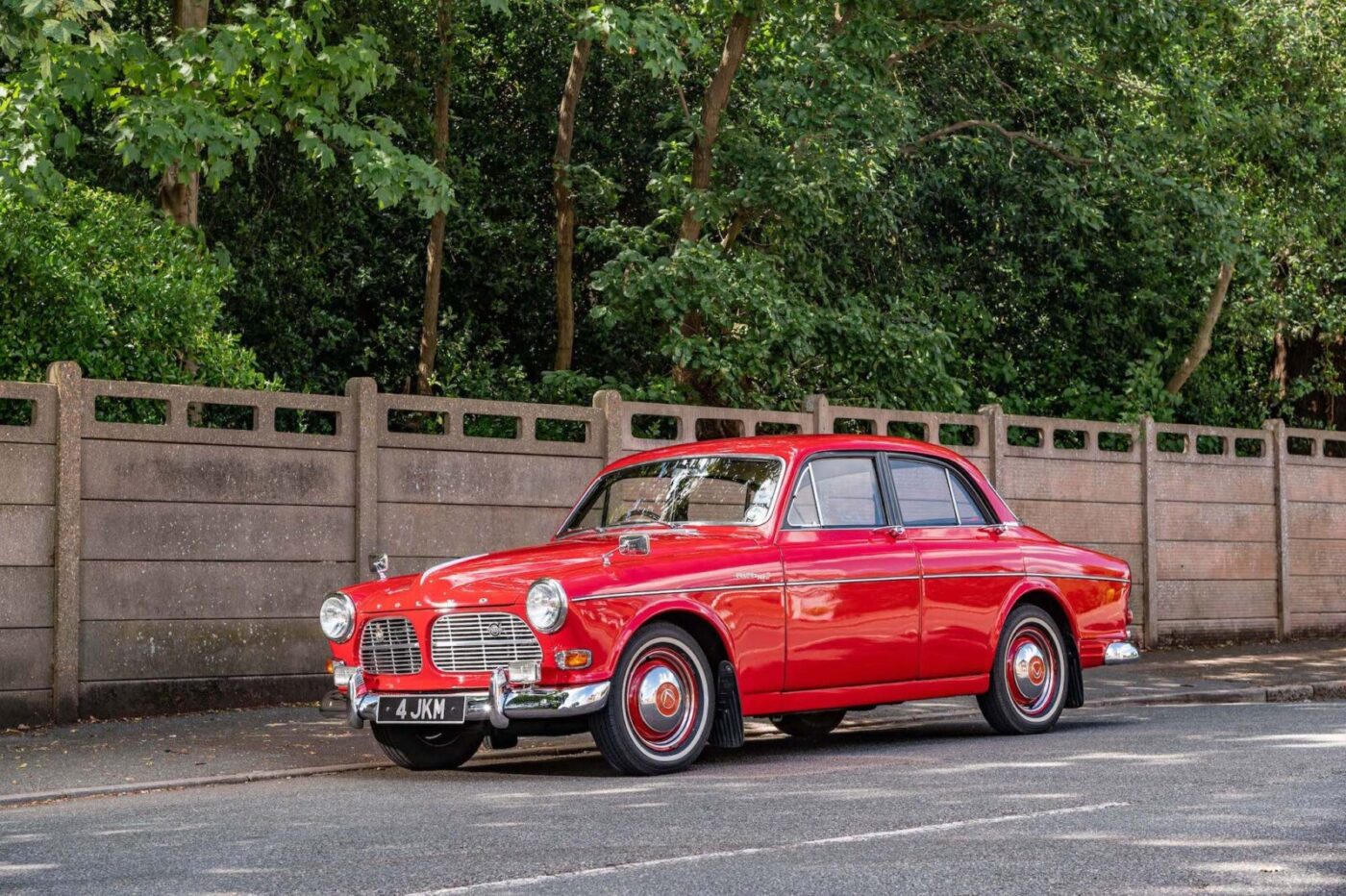
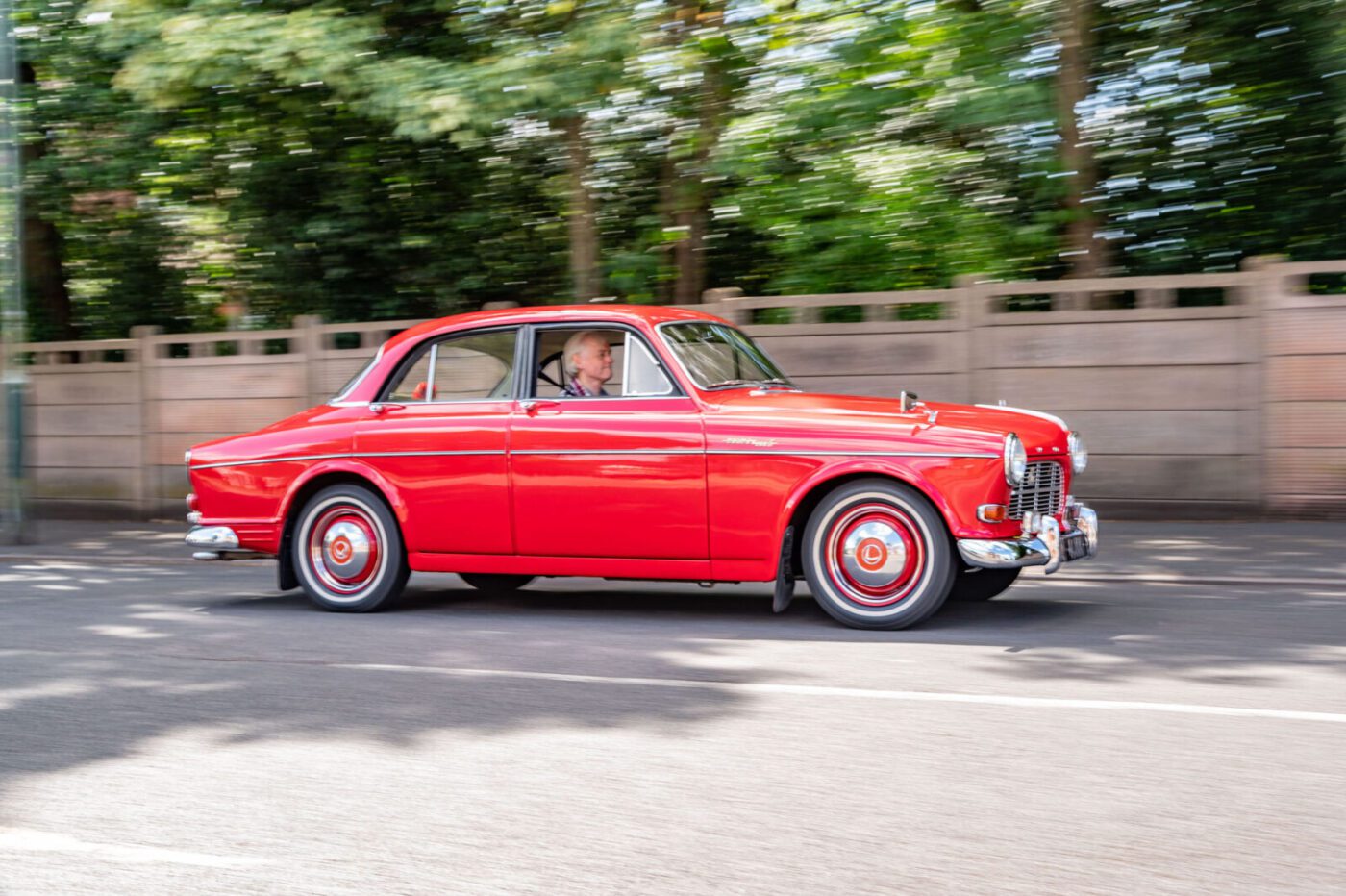
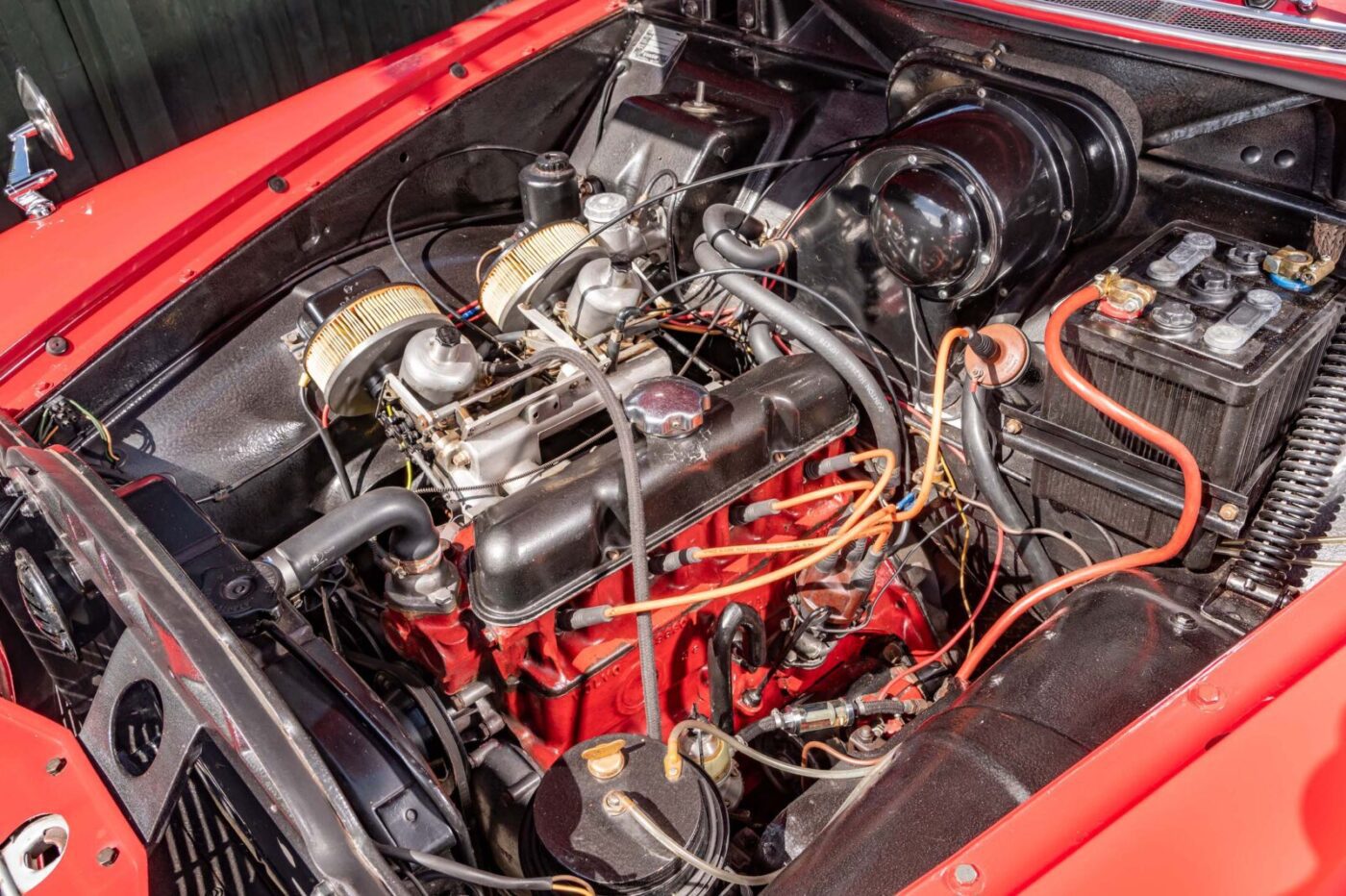
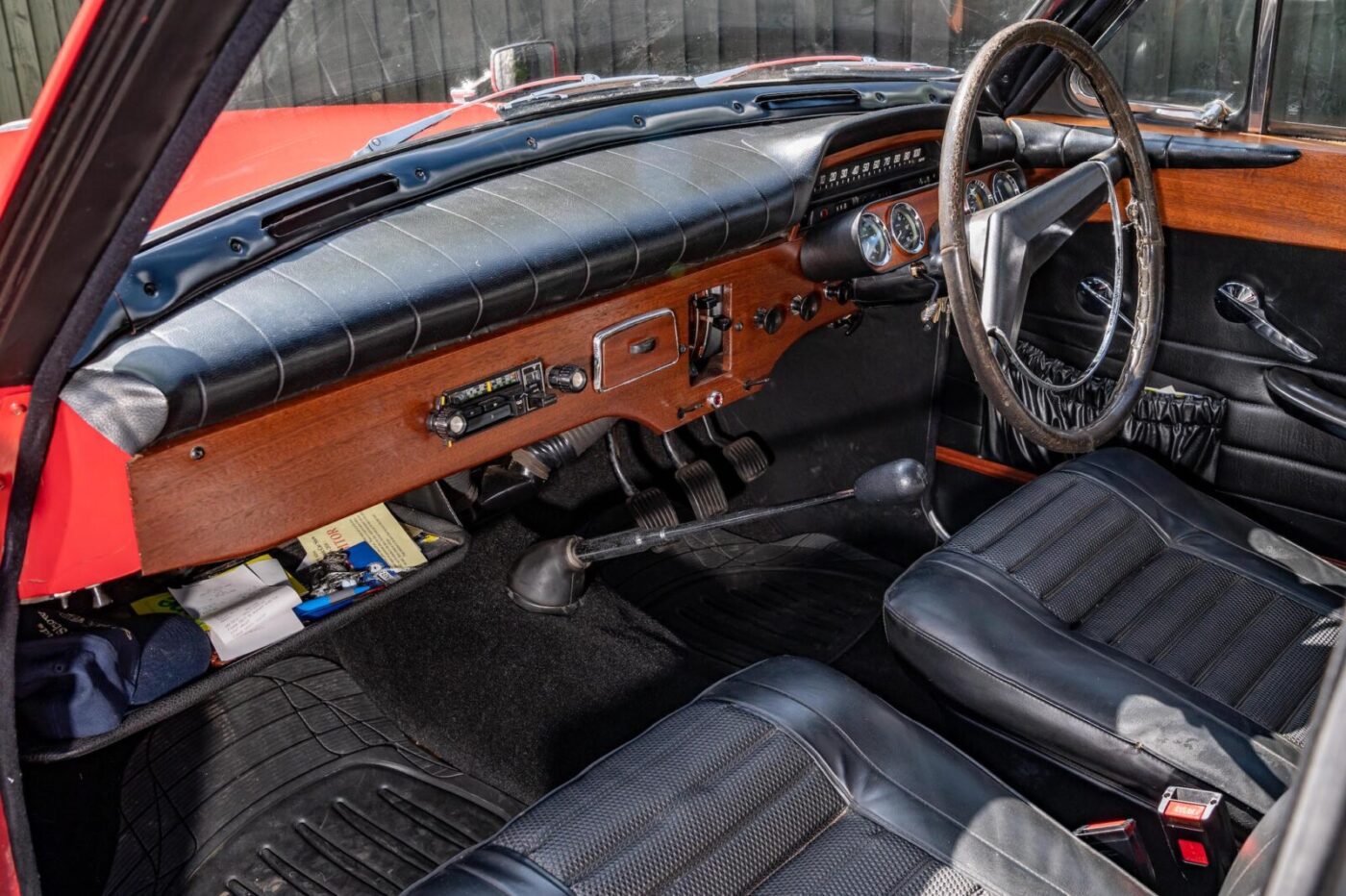
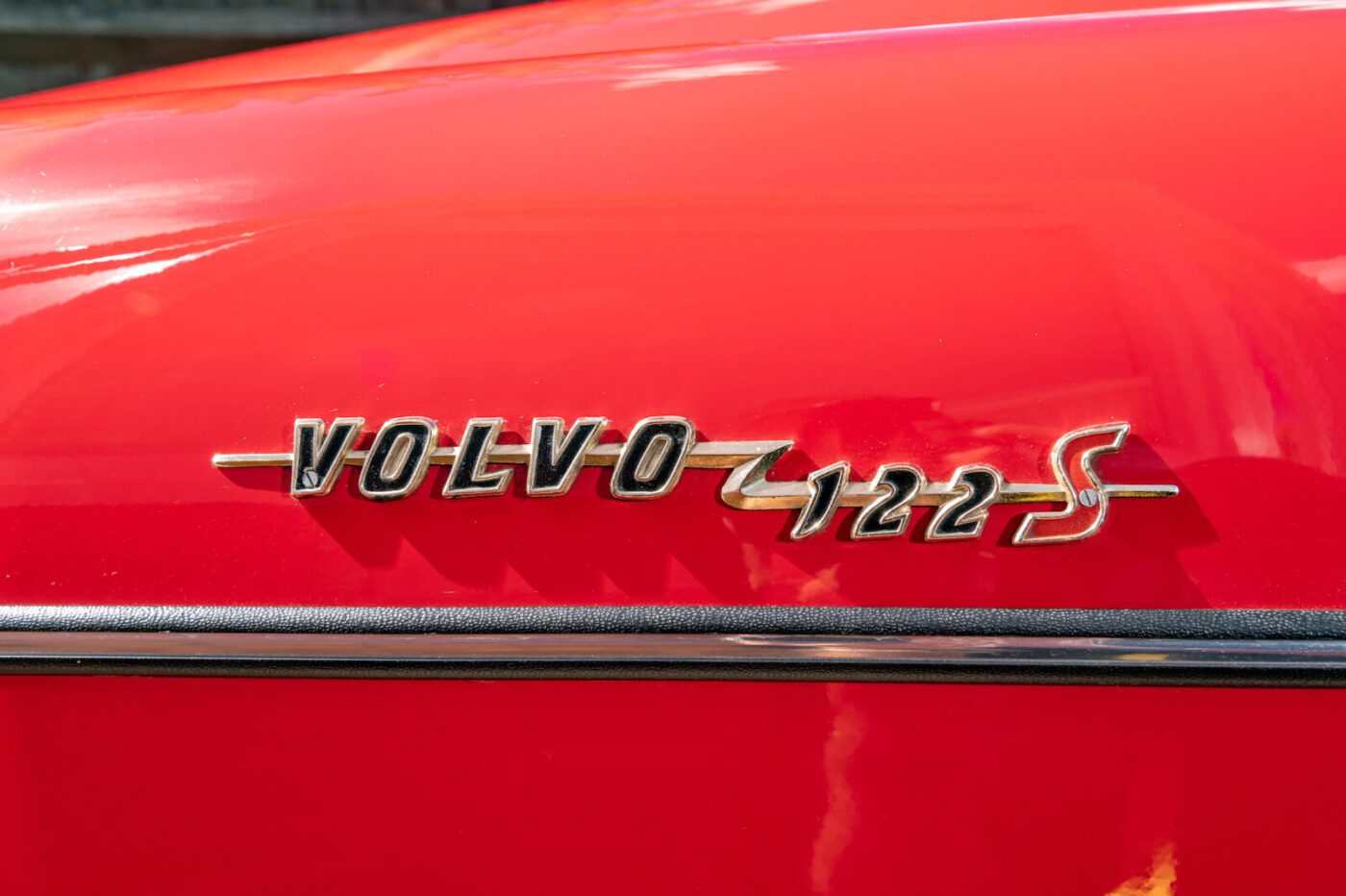
Saving grace
“Its number plate was its saving grace,” he says, sitting in the garden of his Kent home. “It had got to the point where I thought ‘am I ever going to get time to do this car?’
“Number plates had gone up in value, but in those days you couldn’t transfer a number plate without an MoT. And you can’t MoT a car that’s in bits.
“To scrap the car then was to say bye bye to about £3,000 for the plate. I didn’t really want to do that anyway because my heart was with the car.”
Keith decided to dedicate his Friday evenings to gradually getting the car ready for testing.
“The thing is, it’s not in my nature to do things half heartedly,” he says. “If I do something, I want to do it well. I think the idea of doing it just to get an MoT never really had much chance of success.”
READ MORE ABOUT SOME OF OUR GREATEST CLASSIC CARS WITH

A series of articles on our Cult Classics site.
“Pretty special”
The result is what you see in these pictures – near enough 10 years of work to produce a show-winning car Keith describes as “pretty special”.
“In a way, I can’t imagine life without it,” he says. “Apart from my first 18 years, it’s been there all the time. I can’t imagine someone else owning it, not while I’m on this planet. Maybe situations change, you’ve got to be philosophical, but I imagine I will keep it until I can’t drive it.”
Keith’s love of the Volvo Amazon stems from a family holiday to Cornwall when he was about 14 years old.
“We stayed on a farm and their son had one of these,” he remembers. “They offered to take us out in their fishing boat, and he took us down to Falmouth in this Volvo. I remember sitting in the back and thinking ‘I like this’. There was something about the car, the look of it and everything else.”
Those early feelings stayed with Keith and, having bought a 1956 Morris Minor and passed his driving test in it, he saw an advert in Exchange and Mart in July 1971 for the car of his dreams, priced at £50 ono.
“Being on a very meagre income, this fitted one of my main criteria – I could just about afford it,” he says, travelling with his friend John from south London to Maida Vale in north London to view the car.
“We turned up and, parked out the front was a red one with a black roof and I thought that was it. I thought ‘wow, that looks all right’, knocked on the door and he came out and said ‘oh no, it’s not that one, that’s £195 if you want that one’.
“He took me round to a ramshackle old garage where ‘the car of my dreams’ languished and I experienced that well-known sinking feeling that accompanies such occasions.
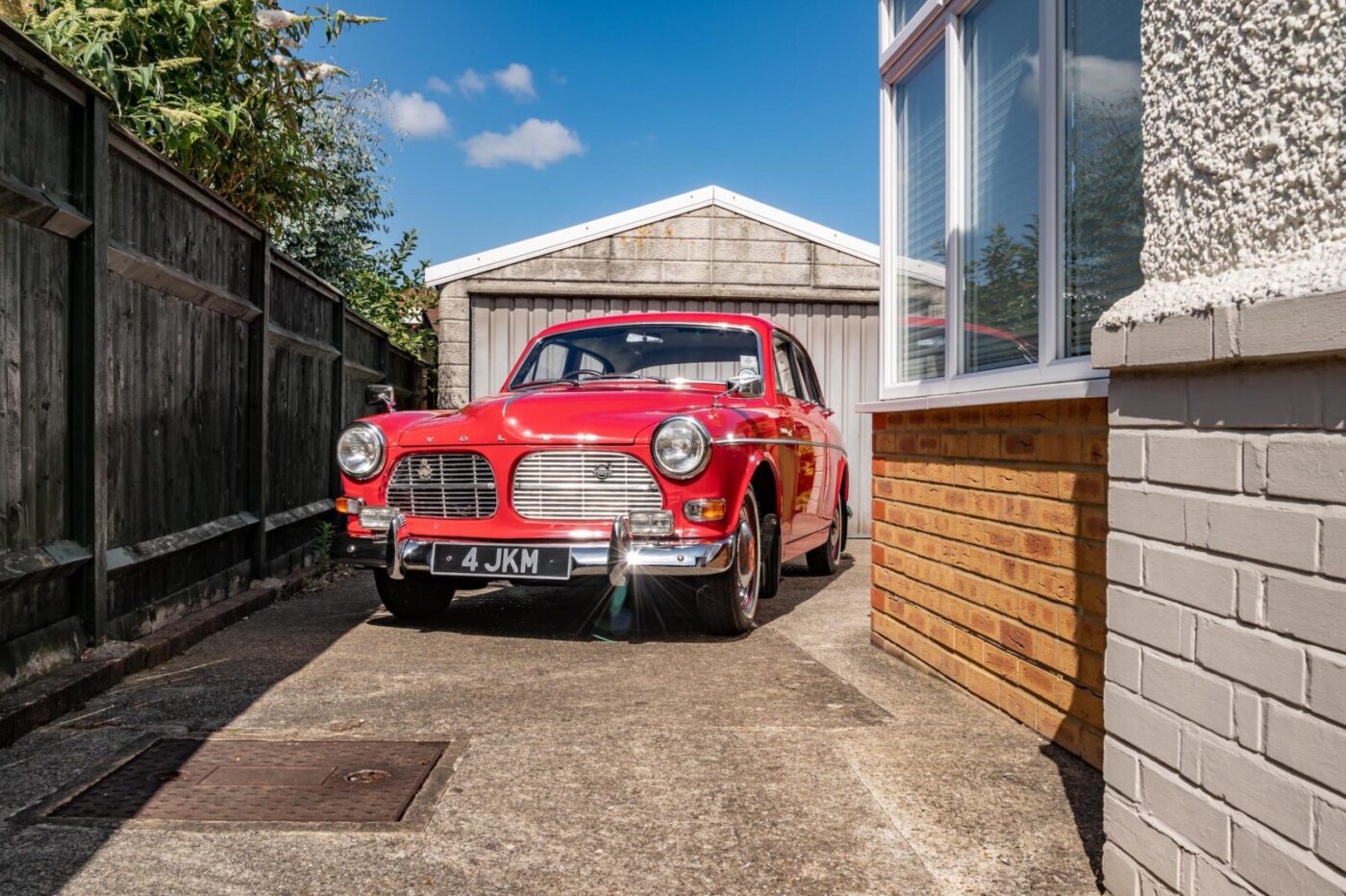
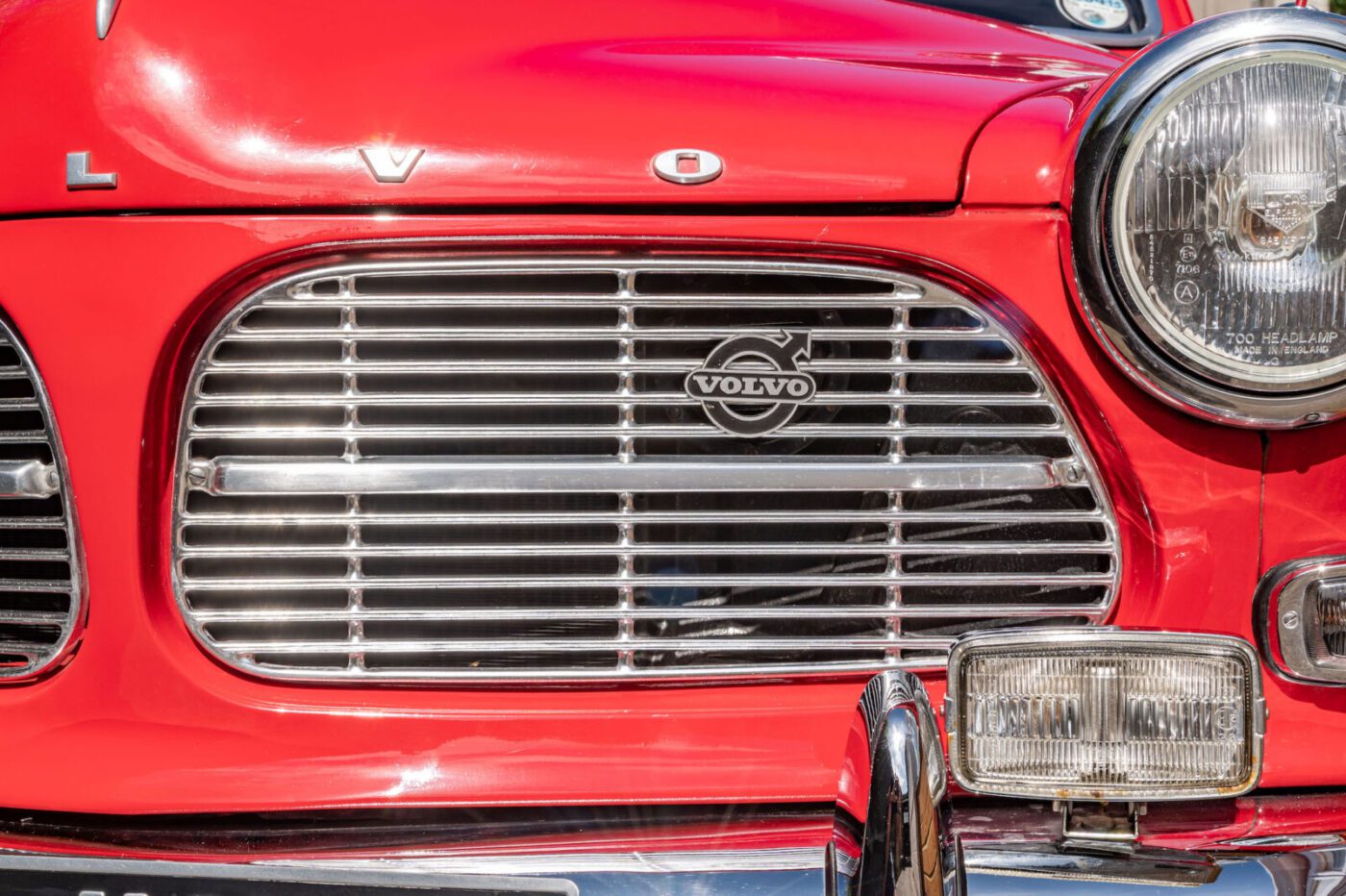
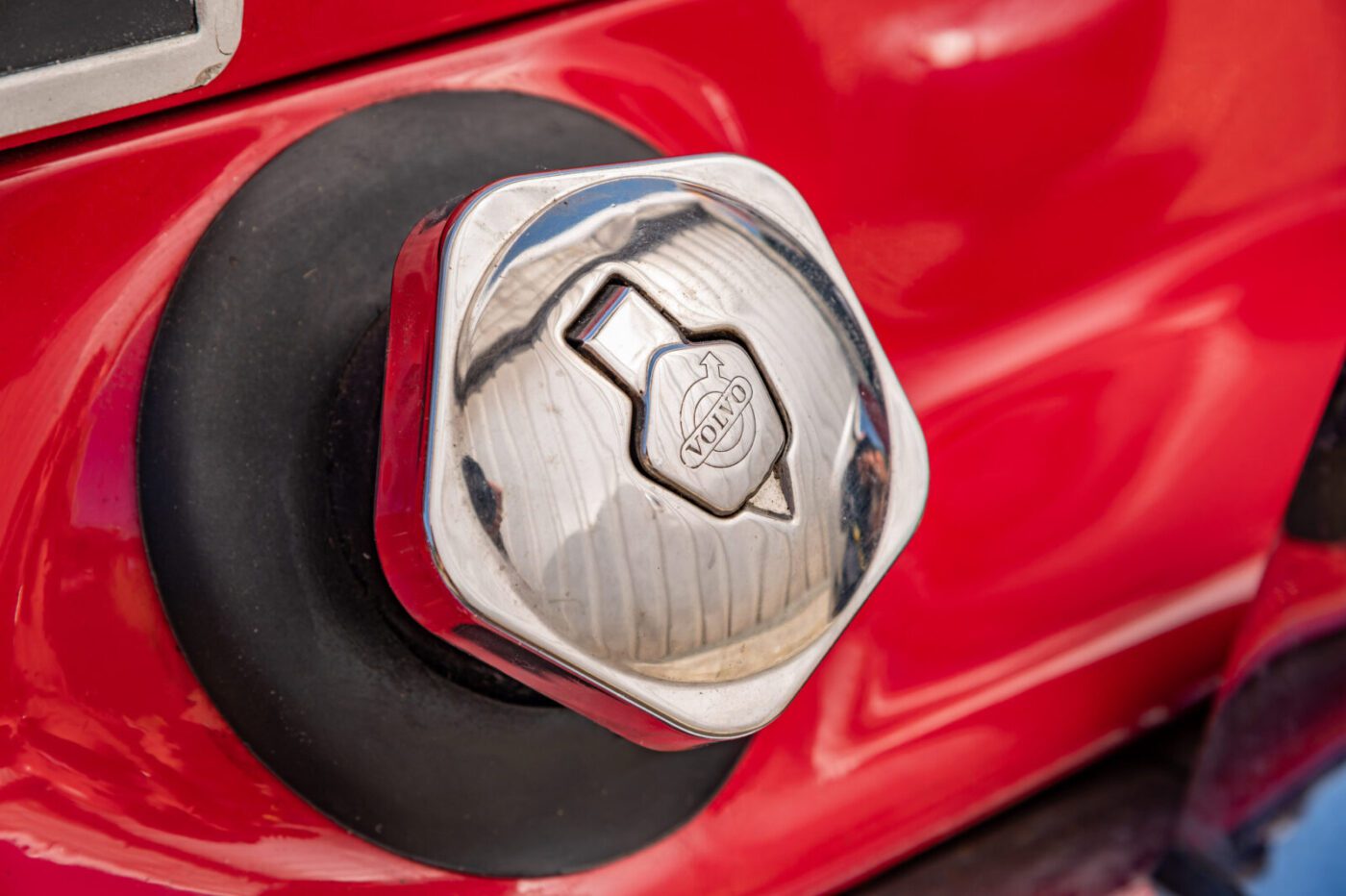
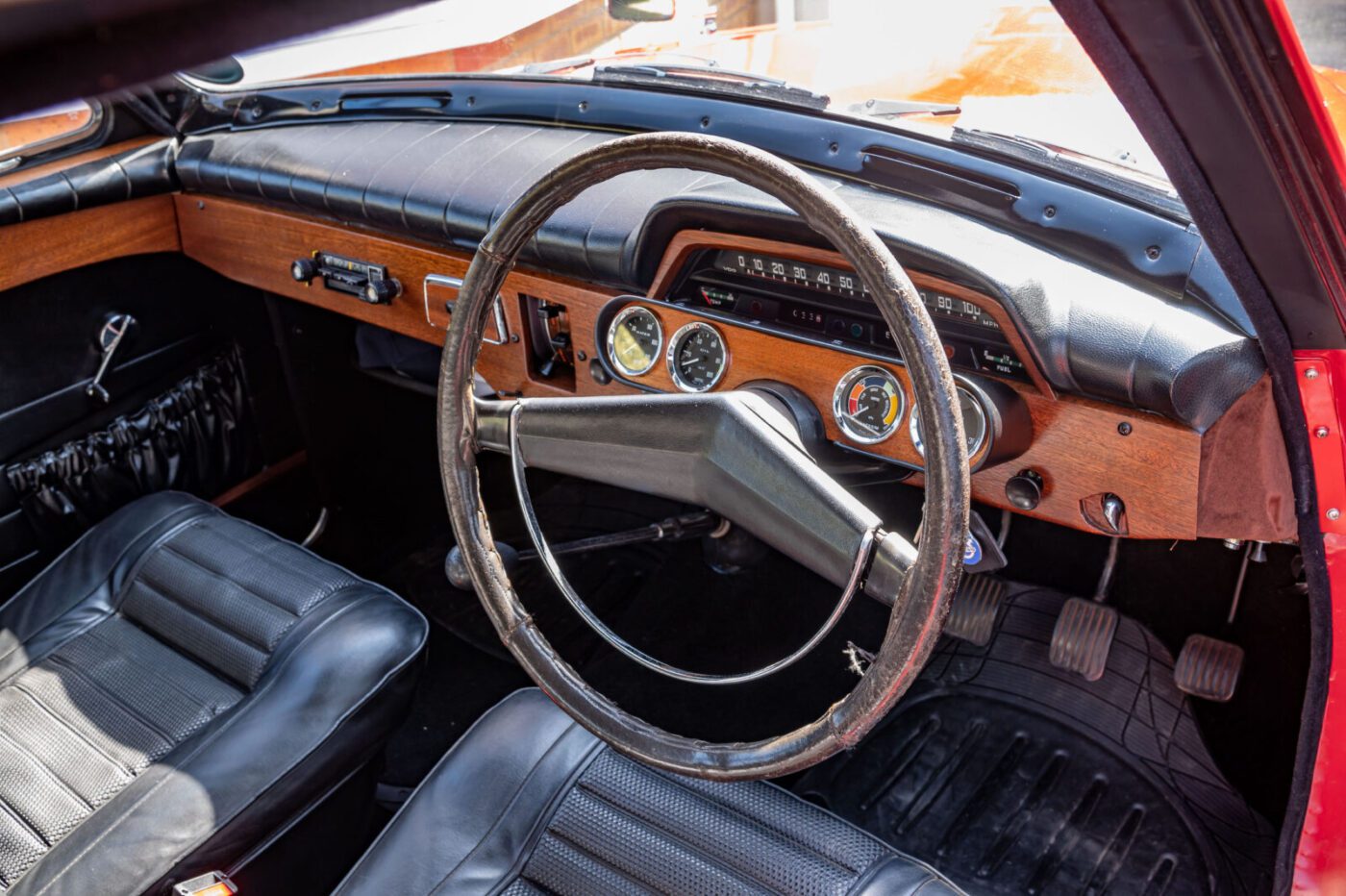
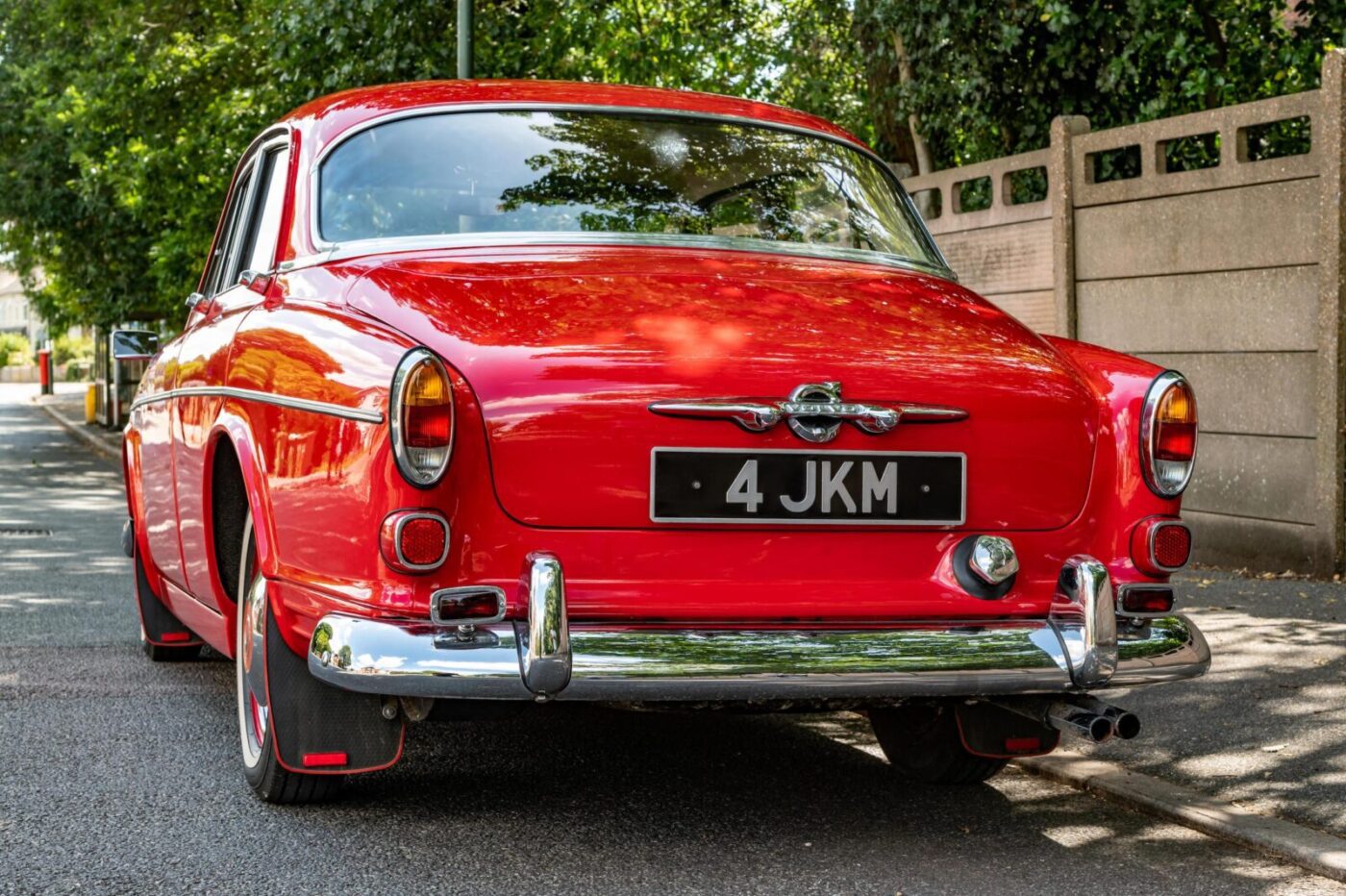
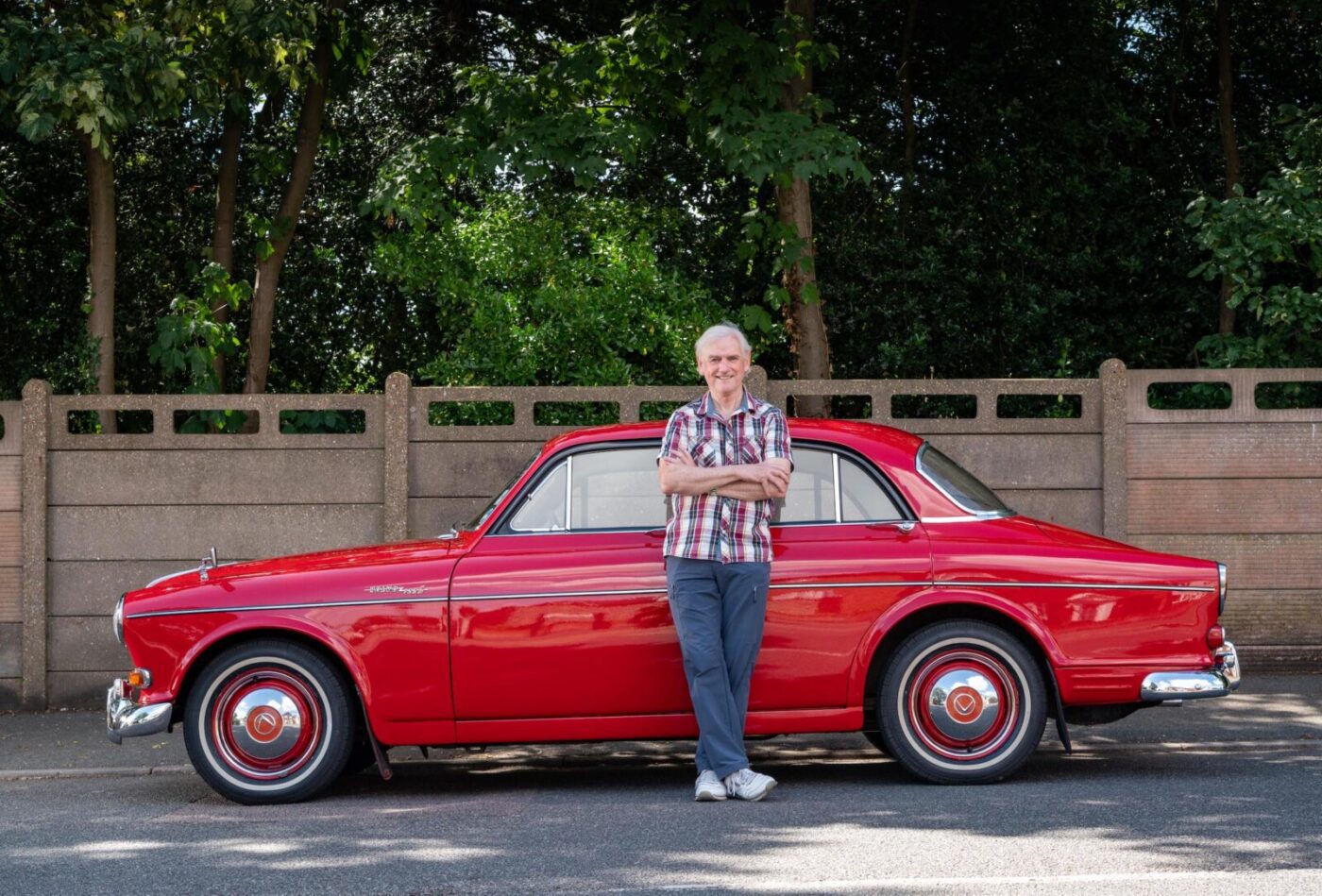
“Terrible state”
“The car was in a terrible state. The seats were out of it, it was jacked up, I think there was only one wheel on it, and I opened the bonnet to find the rocker cover and rocker shaft sitting on the inner wing.
“Any hope of it being a runner evaporated and the bodywork was, to say the least, tatty. The bottom part of the driver’s door had completely rusted away and the door sills were also very badly corroded.
“The inside was little better and I remember only the driver’s seat was actually in the car – the rest being deposited in various places around the garage.
“I came back thinking ‘this is a load of rubbish’, but I just kept thinking ‘I think I can do something with that’, being young and foolish I suppose.”
Keith couldn’t get the Volvo out of his mind, returning a couple of days later and “in a moment of insanity”, offered £40 for the car.
81.5% of customers could get a cheaper quote over the phone
Protect your car with tailor-made classic car insurance, including agreed value cover and discounts for limited mileage and owners club discounts

Sold as scrap
“He shook my hand very quickly,” he says. The seller wrote on the receipt: “Sold as scrap for spare parts.”
Clearly, Keith had other ideas, but first he had to get it back to his parent’s home so the resurrection could begin.
The plan was for he and John, whose Standard Eight was to be the towing car, to pick up the Volvo very early in the morning to avoid the rush hour traffic.
They’d refitted the wheels and pushed the car on to the road the night before to make for a quick getaway, but when Keith arrived at John’s house, it was in total darkness.
“I was standing there throwing little pebbles up at his bedroom window to wake him up,” he laughs. “In the end, we didn’t start towing until about 7am, and we were going round Trafalgar Square at about 7.30am. It was quite busy, and quite an experience…”
The sense of jeopardy was heightened because the Volvo’s sole method of slowing down was the handbrake.
“It was probably not the most sensible thing to do, but then where was sense in all this?” he says. “To make matters worse, every time I pulled the handbrake there was a loud ‘bang’, and I thought maybe the chassis was cracked.
“As it happens, the brakes were so far out of adjustment it was merely the brake shoes rotating against the metal block on the backing plate as they gripped.”
After retying the tow rope more than once, the pair approached the hill from Greenwich on to Blackheath with some trepidation.
“Fortunately, John’s car was fitted with a Triumph Herald 1200 engine, because I don’t think the standard 800cc would ever have pulled a ton and a quarter of metal up that hill,” says Keith.
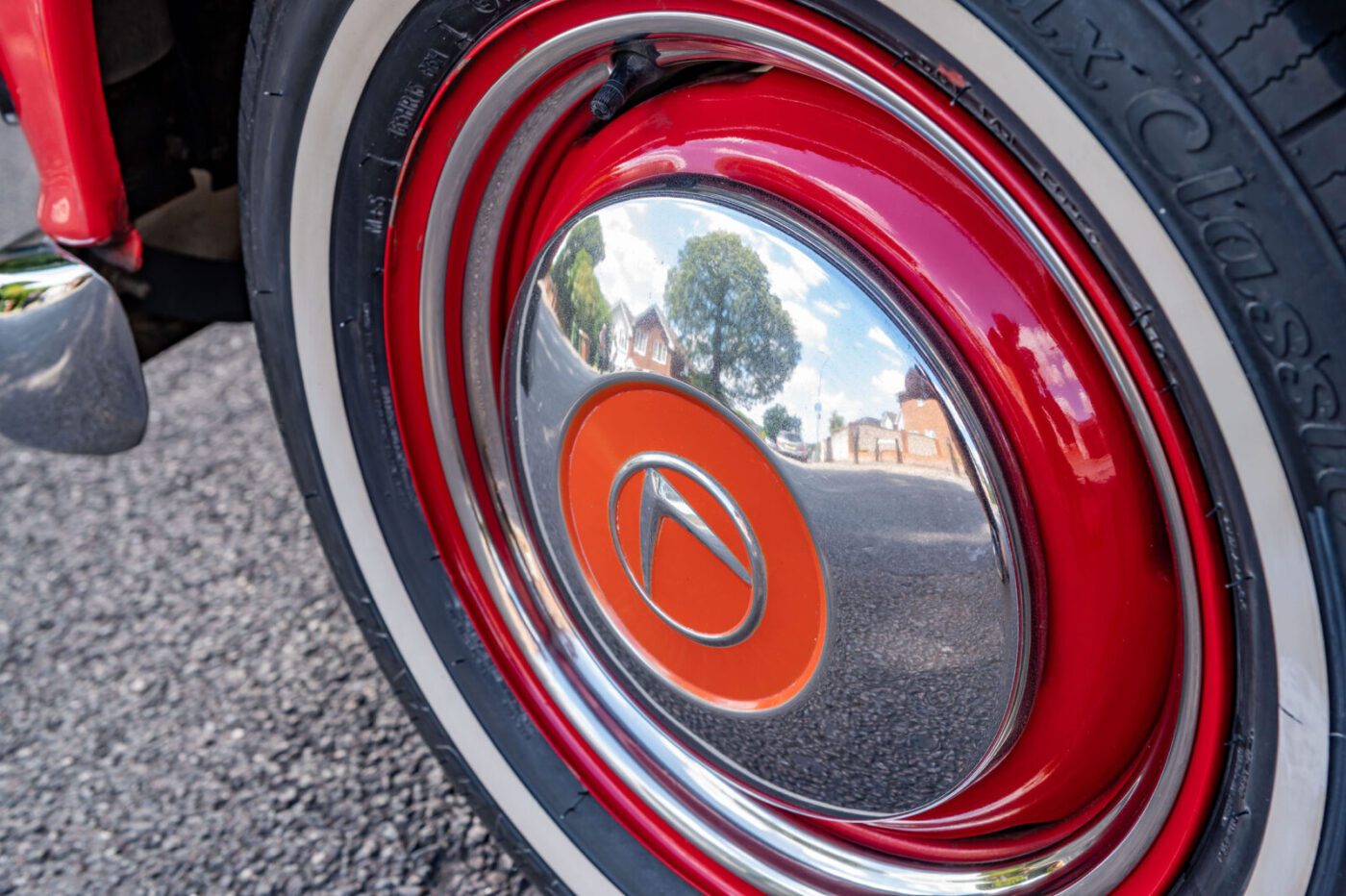
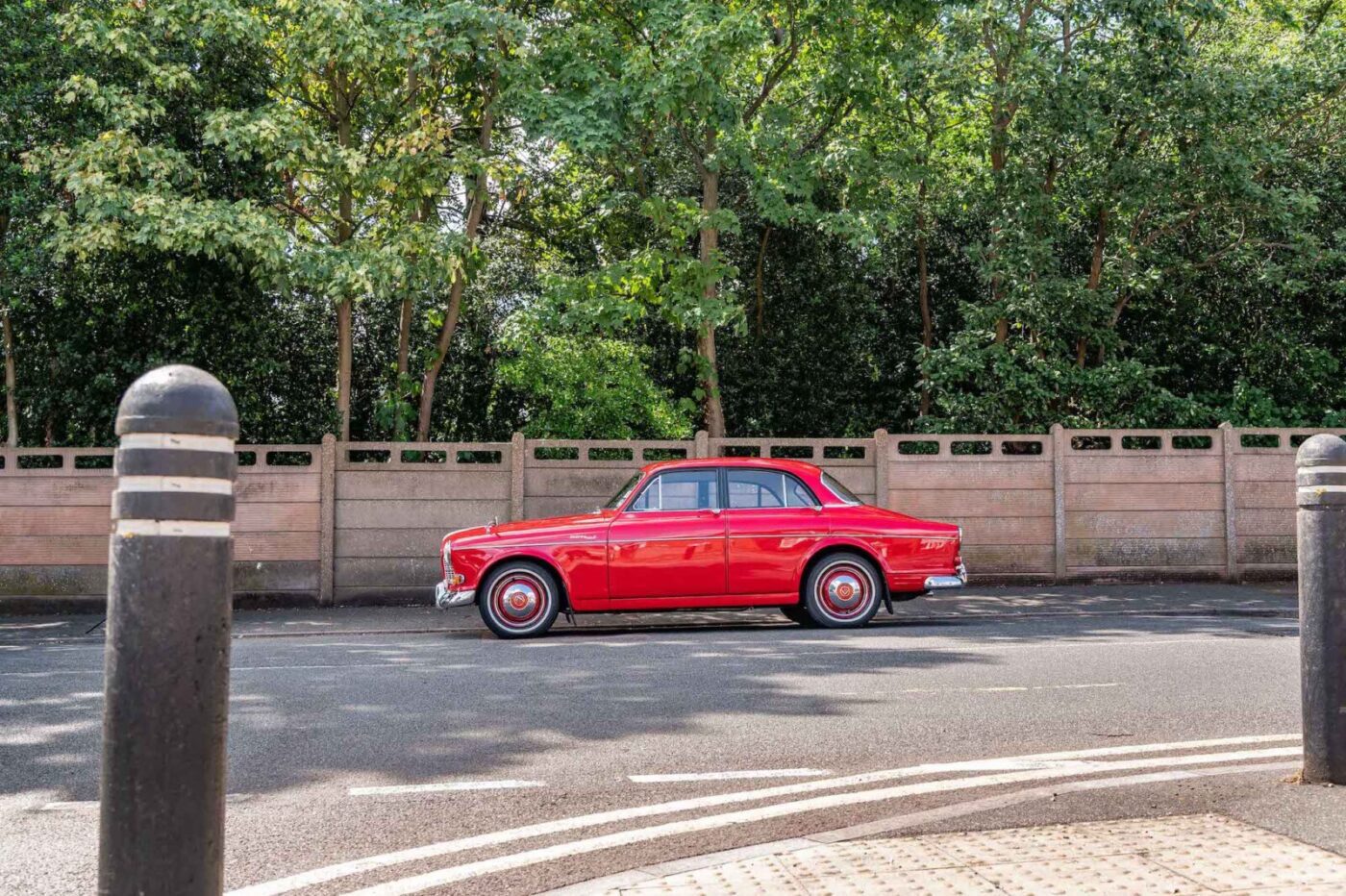
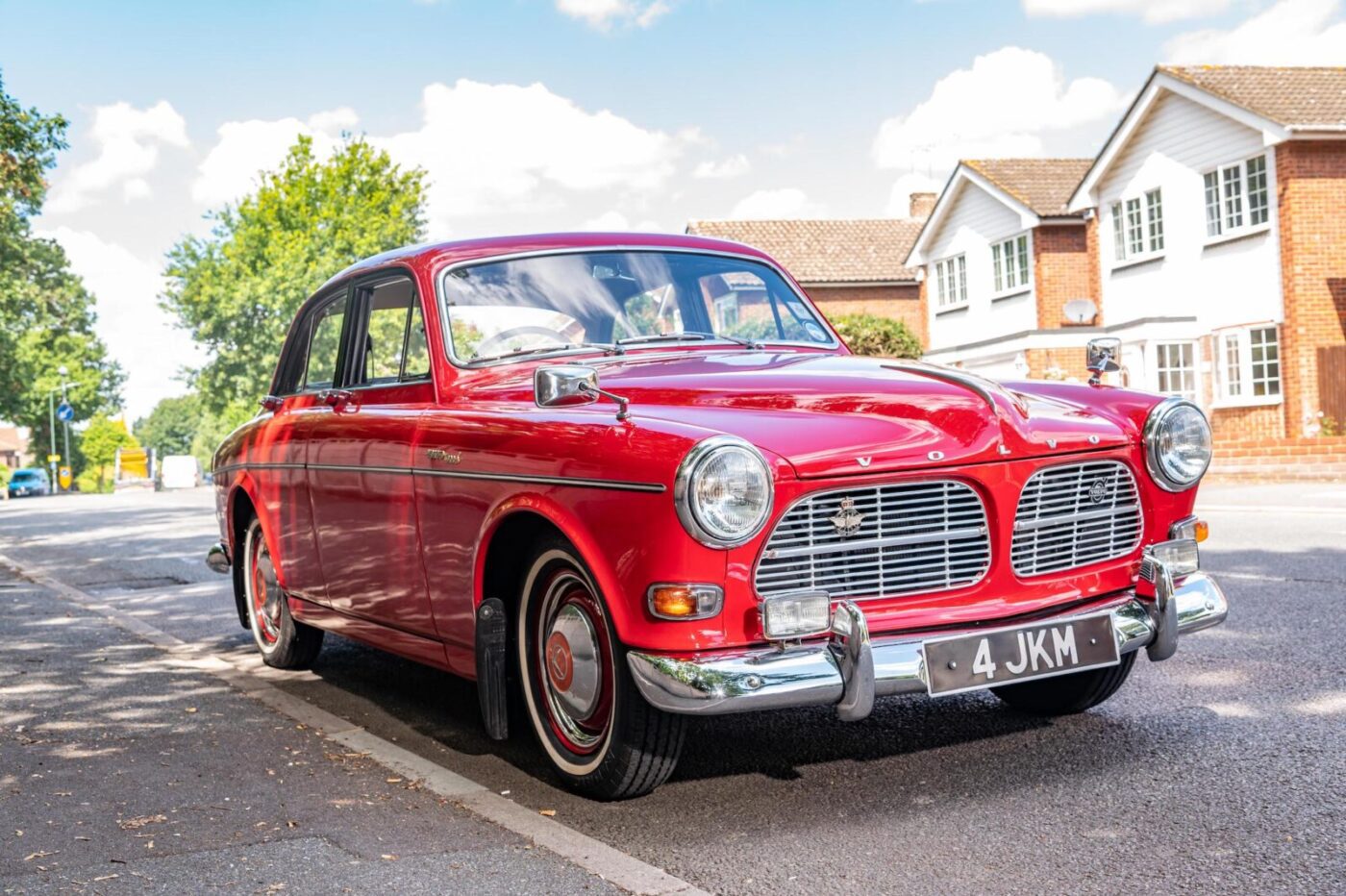
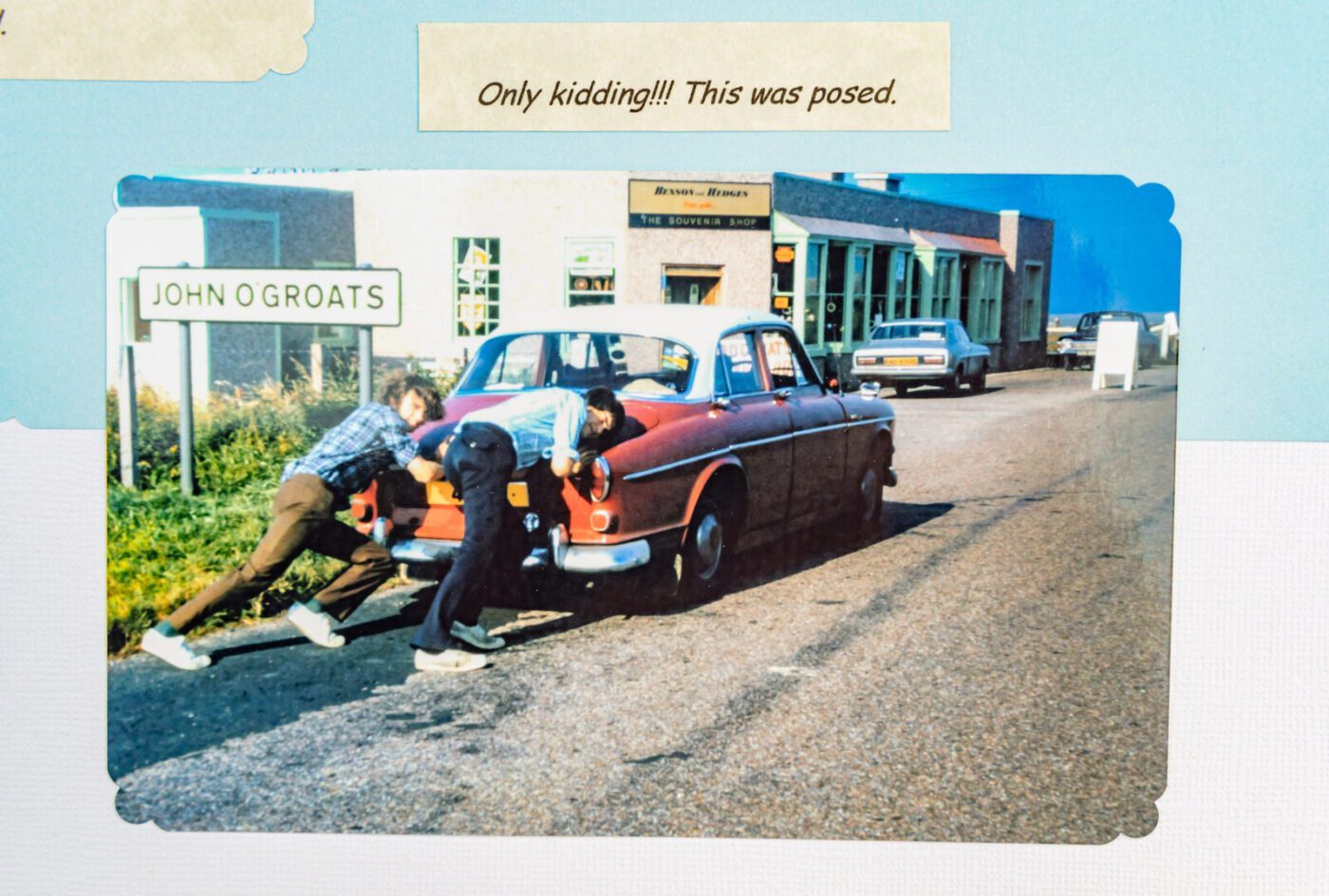
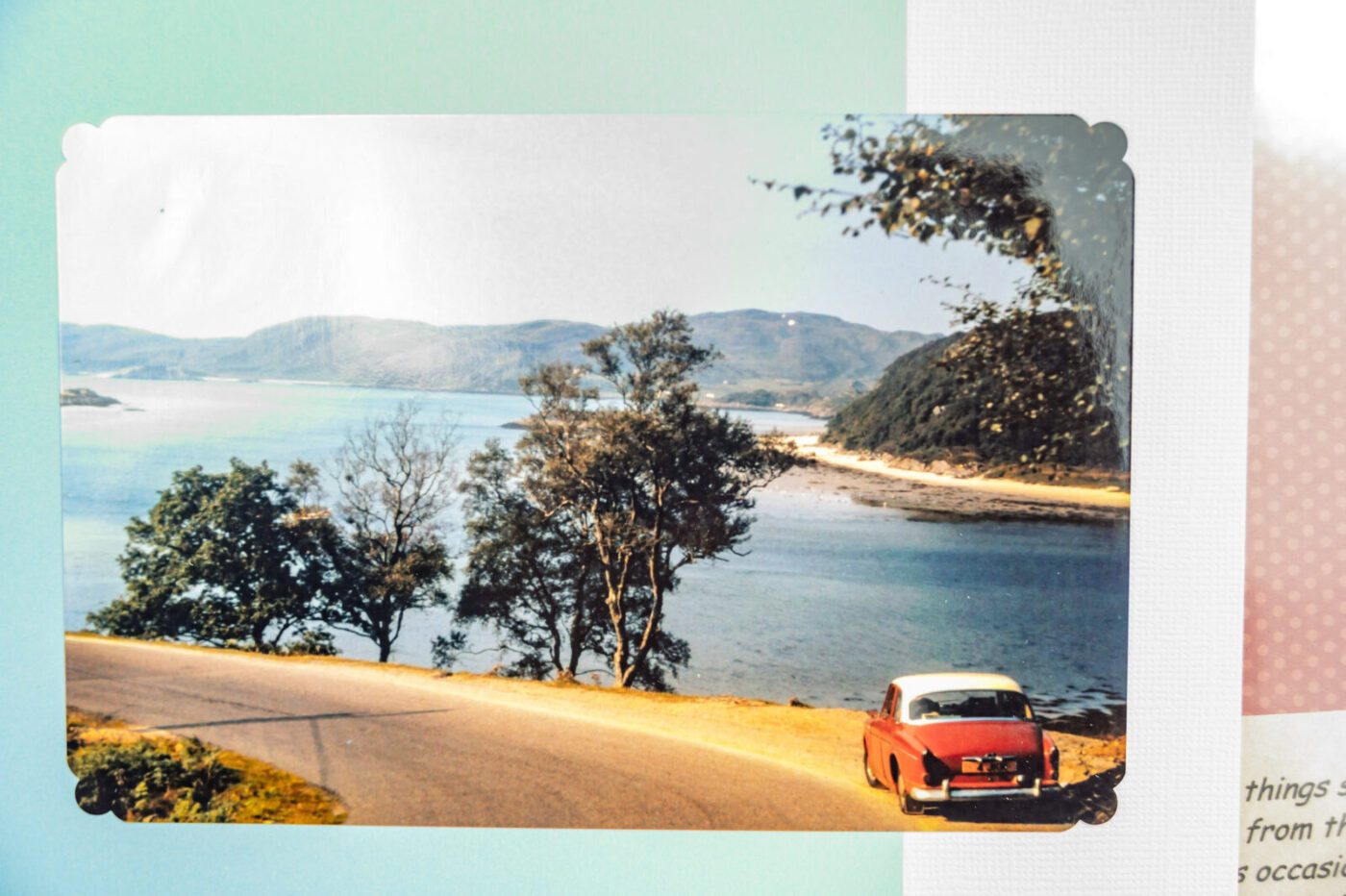

Sigh of relief
“The Standard was straining a bit, so I breathed a huge sigh of relief as we levelled out at the top. We were mad really; I would never do that now.”
Keith later learned that his mum was less than impressed with his ‘new’ car.
“When she saw the car, she told my dad that I’d ‘bought a load of junk’,” he says. “She was probably right!”
Keith, now 67, kept hold of the Morris while he worked on getting the Volvo ready for the road, a two-month process involving plenty of body filler, rust-removal and engine work.
“I spent every hour I could on the car, and became an expert in the use of perforated zinc and body filler,” he says. “The outer sills were rotten and, with the aid of my dad, I made up some aluminium oversills which were pop-riveted in place. I wouldn’t do that now!”
After a final rub down, Keith resprayed the car with an electric spray gun, got the 1583cc, twin-carb engine running and, “amazingly”, the car passed its MoT.
The Morris was sold and Keith, at 18, had the car he’d always wanted on the road.
It soon became clear, however, that the engine needed more work.
“It was burning oil quite badly, so something had to be done,” he says, roping in a friend’s father, a part-time mechanic, to remove and strip the engine.
“I had it bored and ground and when it next started up, things looked and sounded much sweeter.”
Keith scoured breakers yards and the Volvo spares column in Exchange and Mart, gradually buying up replacement doors, a front panel and a boot lid, plus an entire interior from a 1965 car
“I’d buy panels, rub them down and apply about 12 coats of paint with this Burgess sprayer, and then painstakingly rub it all down,” he remembers. “When you’re young, you’ve got all these hours! It gave an excellent finish though.”
READ MORE ABOUT SOME OF OUR GREATEST CLASSIC CARS WITH

A series of articles on our Cult Classics site.
John O’Groats
For two years, Keith had used the car mainly to get to and from work for the MoD at Fort Halstead but, in the summer of 1973, it was time to head further afield – all the way to John O’Groats on Scotland’s north eastern tip, with a couple of friends.
“All was going well until we reached Fort William,” he says. “As we drove onto a rather undulating campsite, there was a sudden increase in exhaust noise.
“The car had bottomed on one of the bumps, resulting in the exhaust manifold sheering just before the joint with the pipe. After removing the carburettors, I repaired the break with Araldite, Gun Gum bandage and wire.
“At the same time the battery went flat so we decided to carry it to a small garage about a mile away to be recharged. There was an intermittent problem with the charging circuit which I had previously overcome by pressing the contact arm down.”
With the Volvo patched up, Keith and co decided to “go for it” and carry on towards John O’Groats, another 230 miles north.
“The exhaust repair seemed to be holding up well, which was more than could be said for the charging circuit,” he adds. “I had to stop on a number of occasions to persuade the regulator to wake up so, on arriving at Inverness, we headed to the Lucas agent to get it checked. A new one was ordered for the next day and the battery heaved a sigh of relief. Off we went.
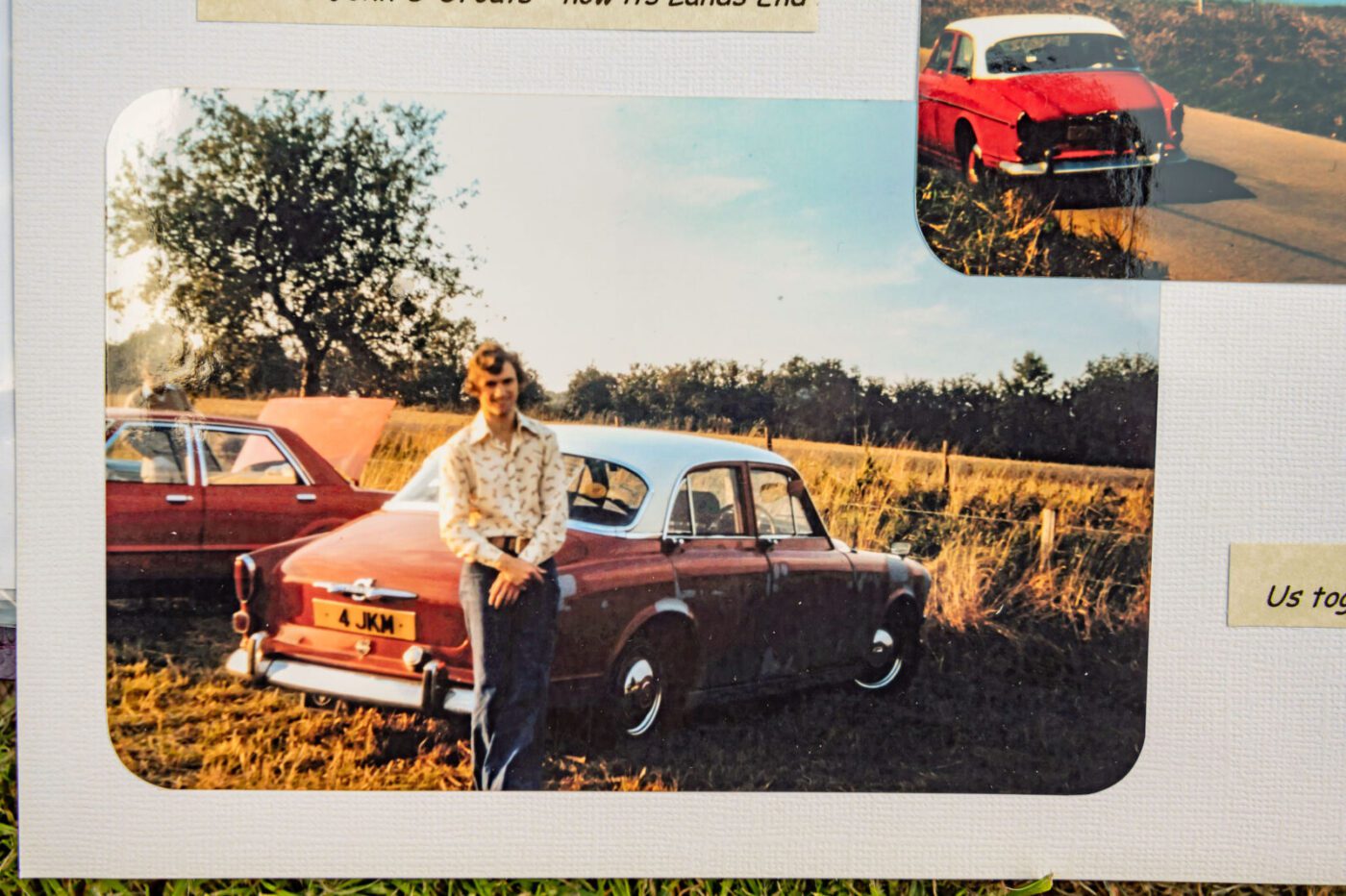
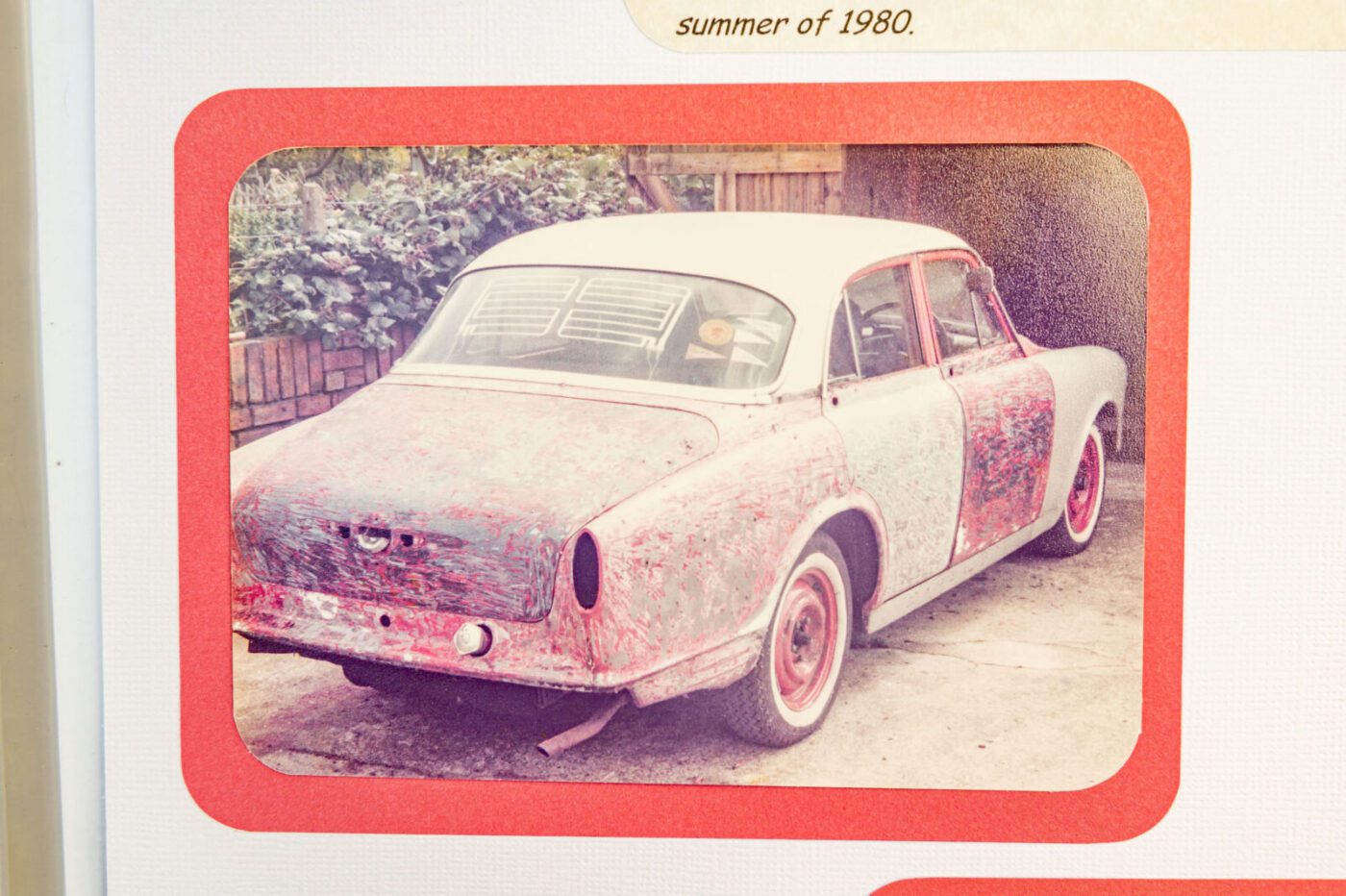
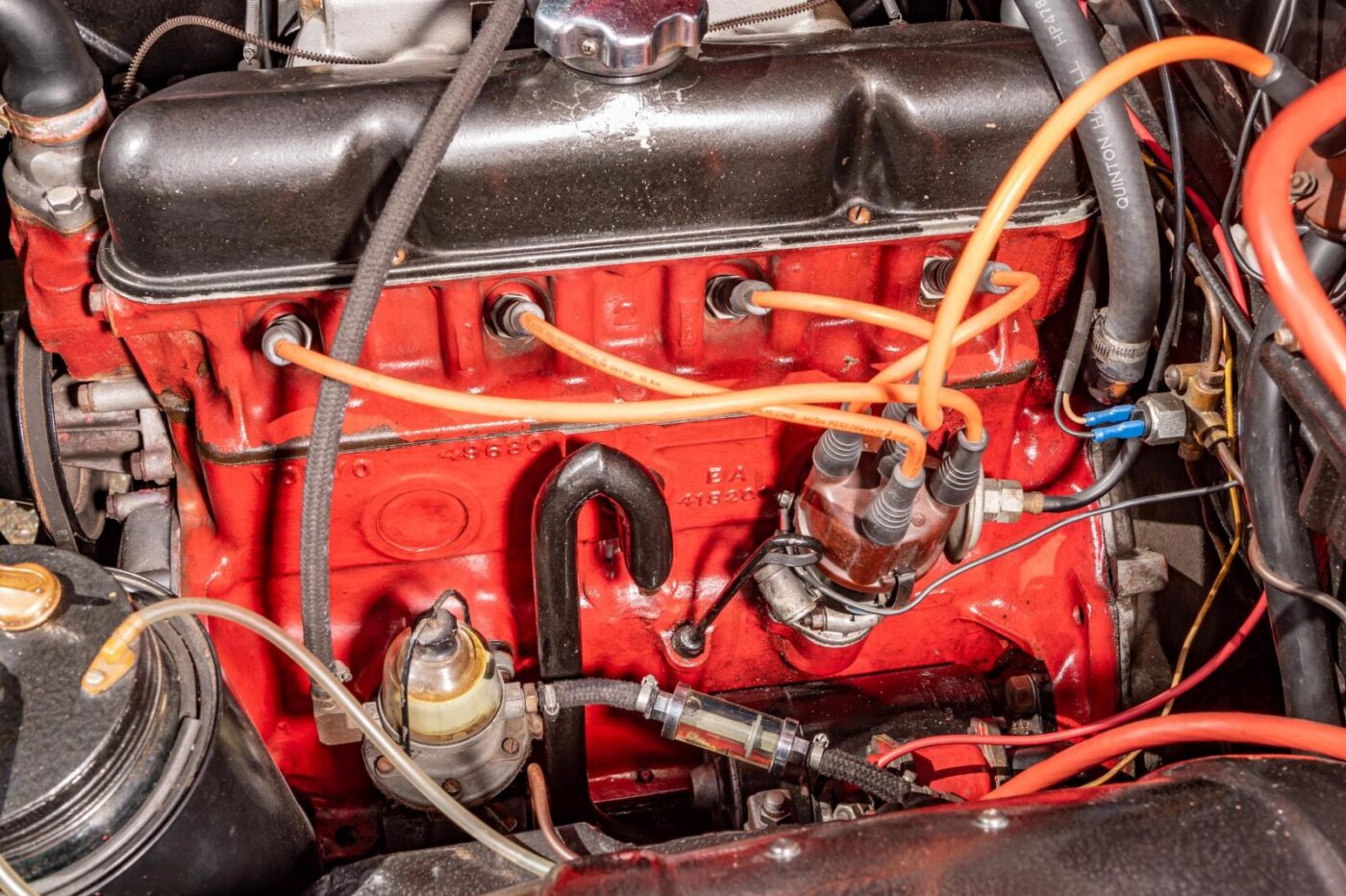
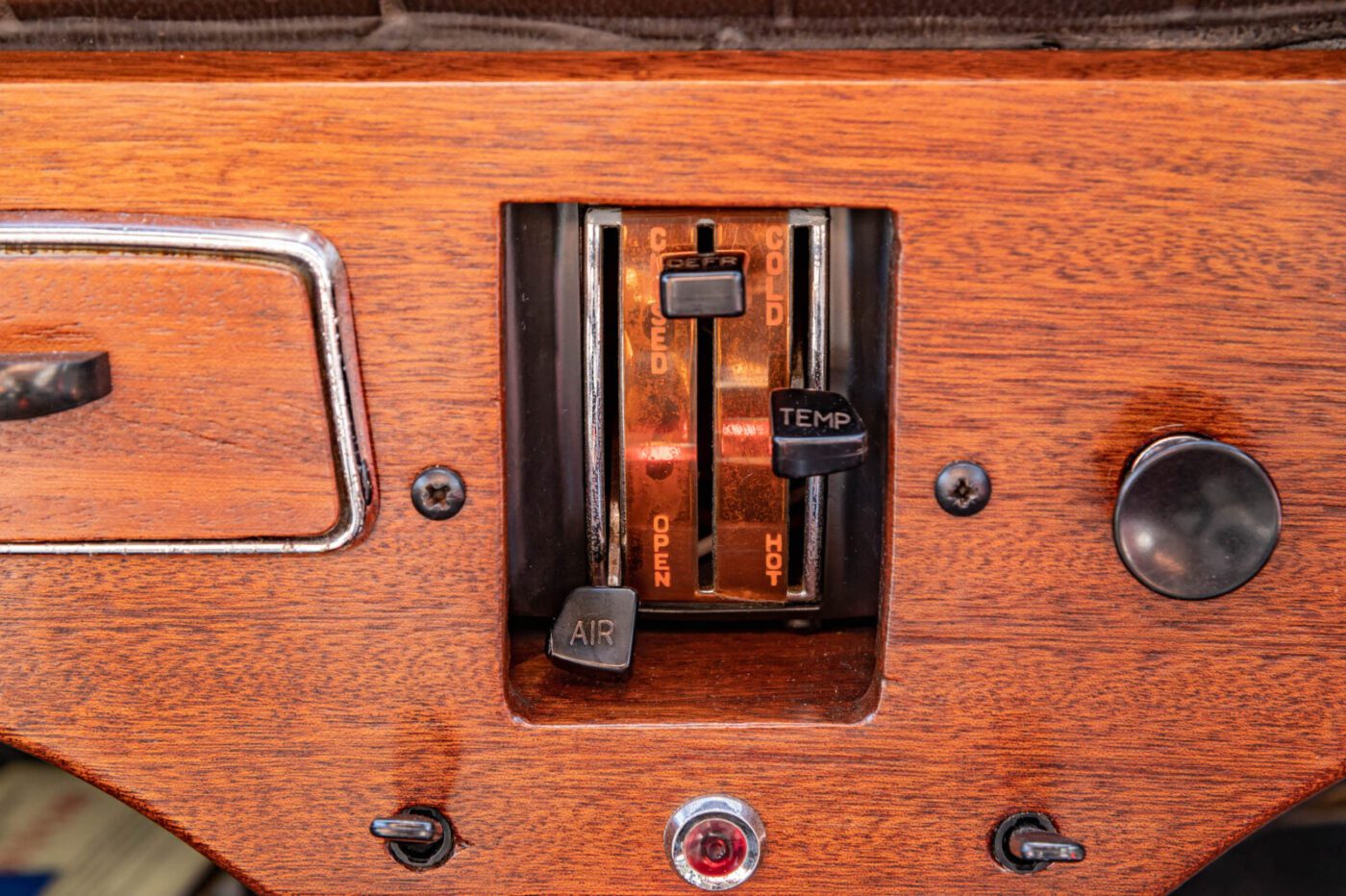
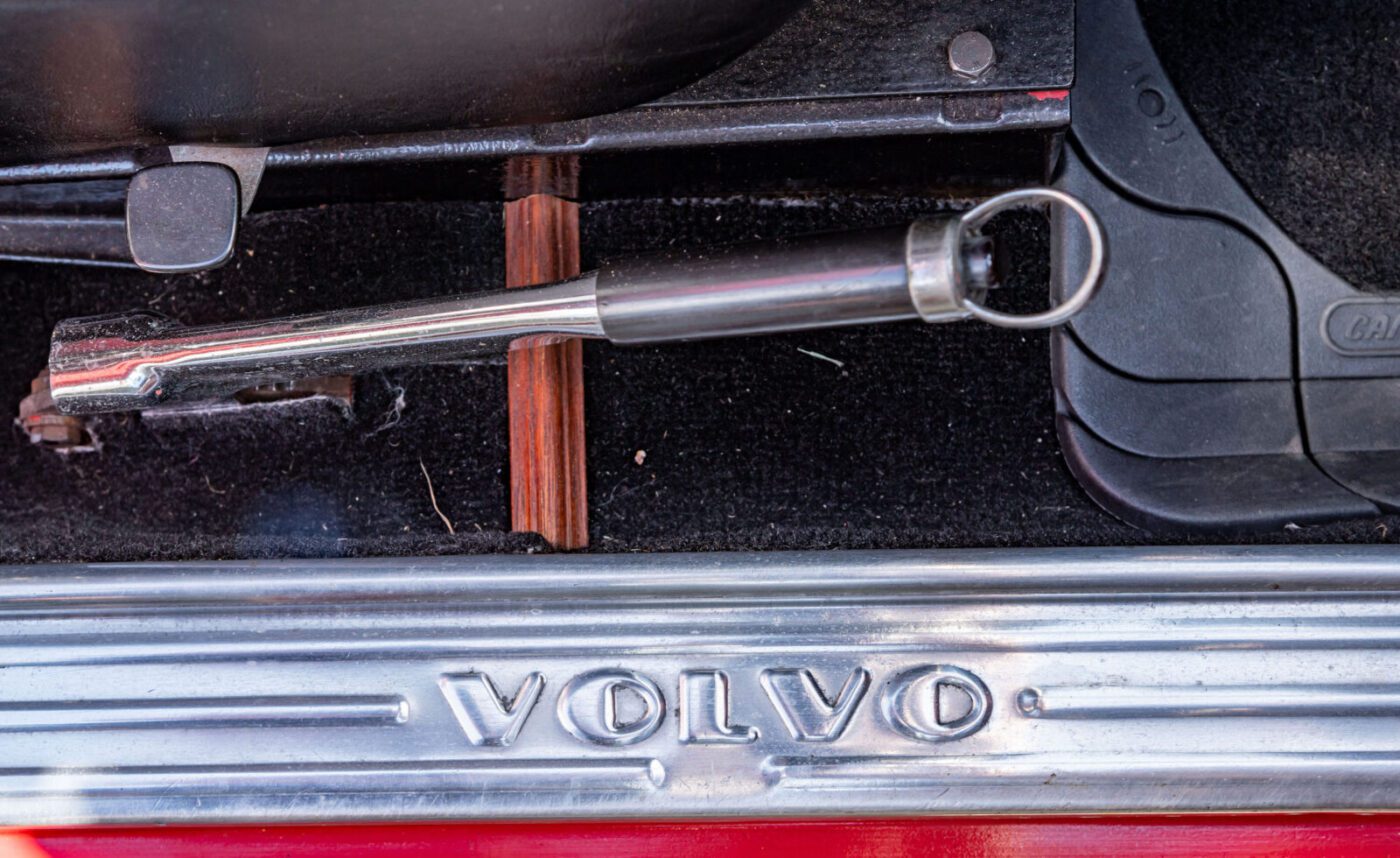
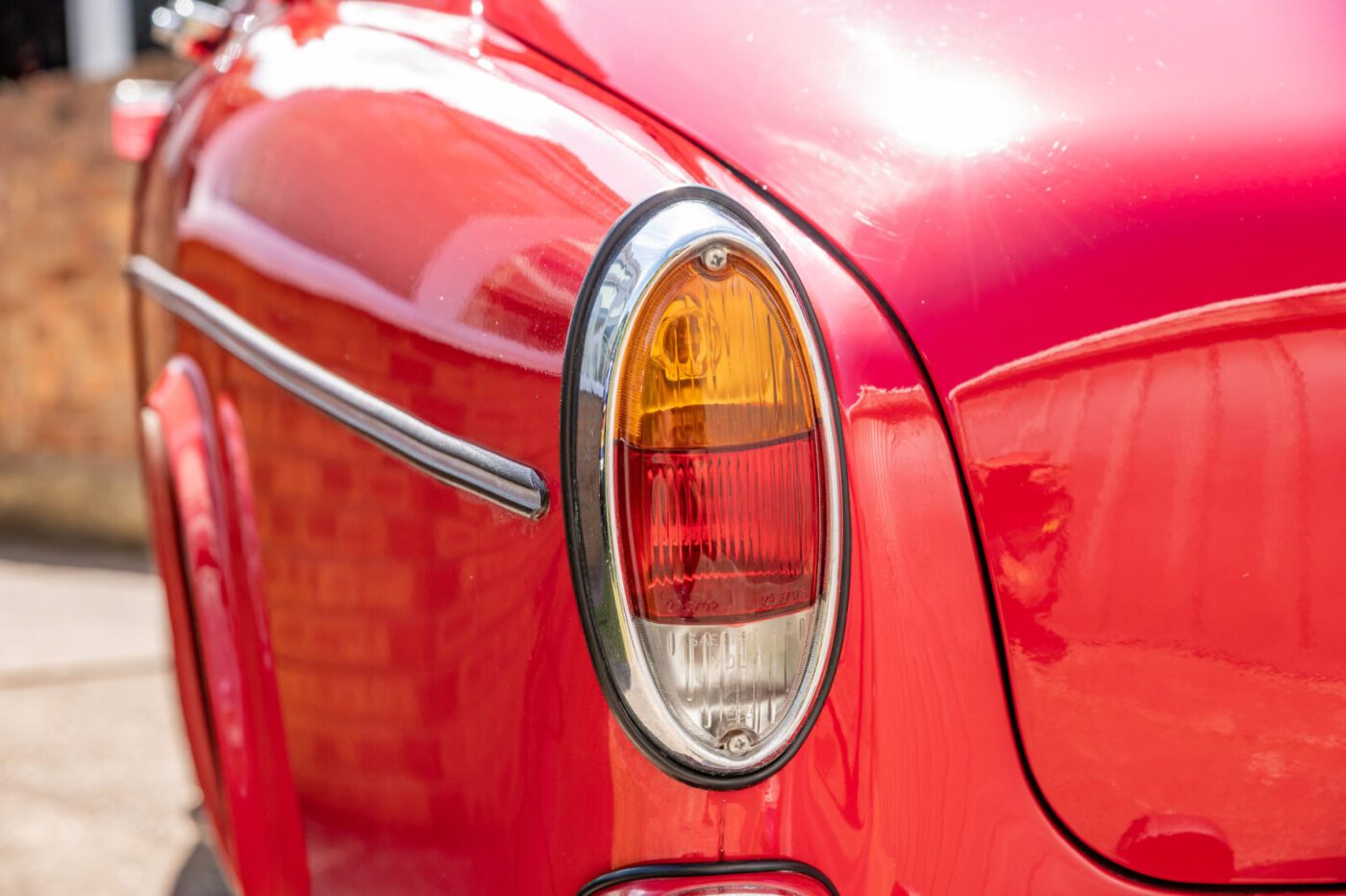
Ferry dash
“The next morning we discussed taking the ferry from John O’Groats over to the Orkneys for the day. To our dismay, we discovered the ferry left at 9.30am – it was now 9am and we had 20 miles to drive to the ferry terminal, in 30 minutes on highland roads with an exhaust held together with Araldite and wire – but we were young! And we made it – just…”
The temporary exhaust repair held for more than 1,000 miles, but required further attention at Ullapool before the journey home, and a potentially more serious knocking noise surfaced on the M1 near Derby.
“It sounded like one of the big end bearings had failed, so I decided to coax the car home,” says Keith. “We had covered a total of 2,100 miles.” Somehow…
Rather than opt for another engine rebuild, Keith bought and reconditioned a 1798cc unit from a 1962 car, with a five, as opposed to three, main bearing crankshaft and greater torque.
“The engine was much more flexible and the effort my father and I had put in seemed worth it,” he says.
With the engine sorted, it was time to address that earlier temporary sill repair, an old boiler case used as material for a more permanent solution.
“It was quite thick steel, and it took two of us to bend it,” says Keith, again enlisting his dad, Arthur, a foreman and fitter with the Gas Board, to help.
“We bent up U-sections and welded it in, and put proper sills on, so it’s stronger along there than when it was new. I would happily put a jack anywhere under there and jack it up.”
Proper restoration
By 1979, Keith had decided he’d like to make a “proper job” of restoring the Volvo, so bought a Triumph Dolomite as a daily driver and took the Amazon off the road.
It didn’t go well, the Triumph burning oil and replaced after about a year with a “lovely” Rover 2000, which Keith drove for many years.
Meanwhile, copious amounts of Nitromors was used to strip the Volvo’s paint back to bare metal, with Arthur, “a real dab hand at wiping joints”, leading the rear wheel arches before Keith gave them “the cellulose putty treatment”.
The finished car was primed and put away for the winter, covered in sheets, in an old asbestos garage belonging to his parents’ neighbour. Although the roof was sound, moisture did seep in from underneath.
“When I pushed the car out in the spring, I was disappointed to find that the paint had not protected the metal sufficiently and that surface rust was starting in a number of places,”he says.
“I rubbed the whole thing down again and applied several coats of primer, hoping this would give sufficient protection until I was ready for the topcoats to go on.”
It was many years before they would go on, however, Keith buying a house that needed considerable work in 1981, and marrying his wife, Vivien, two years later.
“This house wasn’t livable – it was in a real state, and all my spare time and money was spent on DIY,” he says, the addition of two daughters and a son adding to time and financial constraints.
“The car slipped further down the batting order, and the only time I saw it was when visiting my parents when I’d occasionally go and give the crank pulley a couple of turns to try to keep the engine free.”
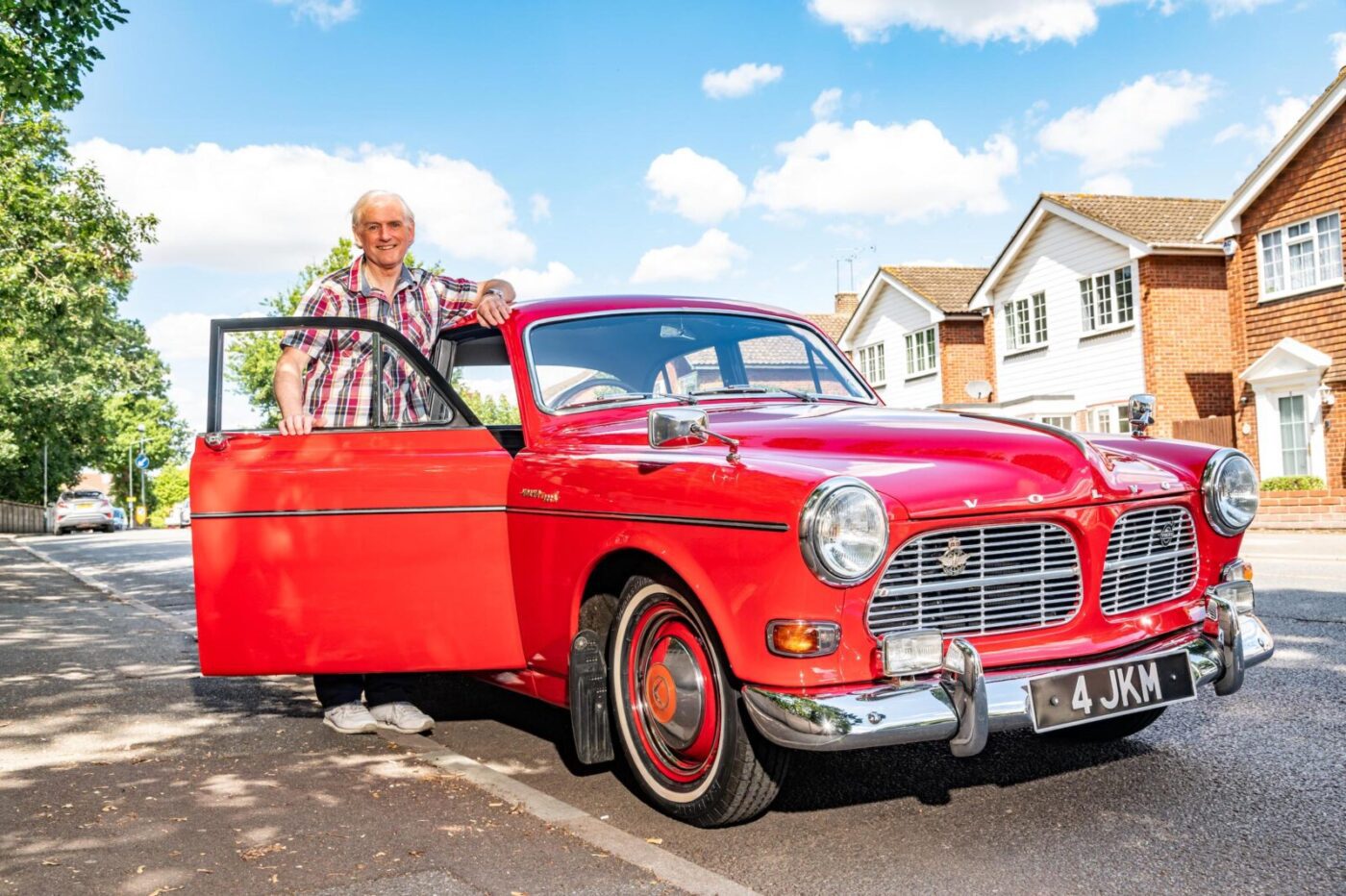
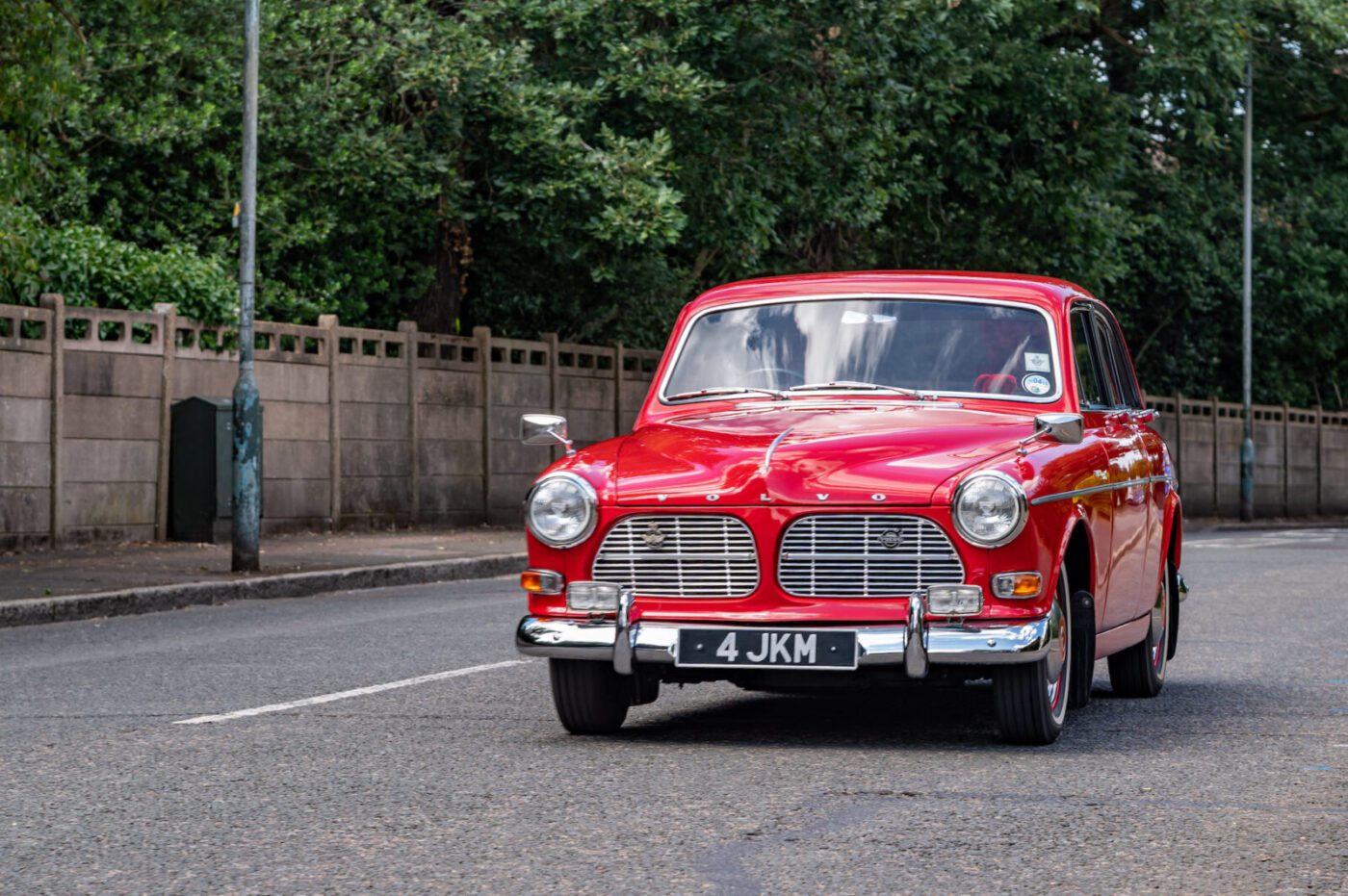
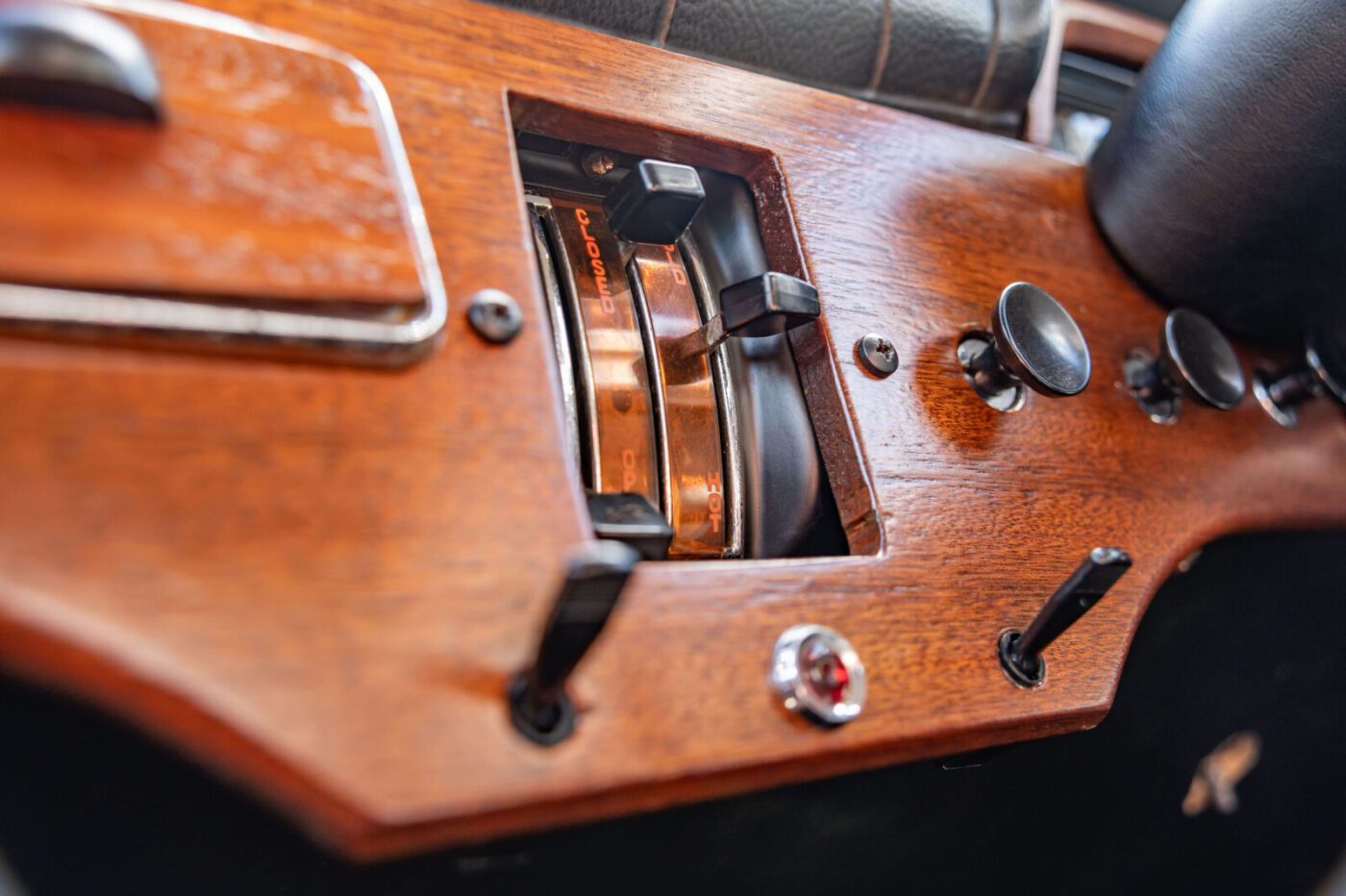
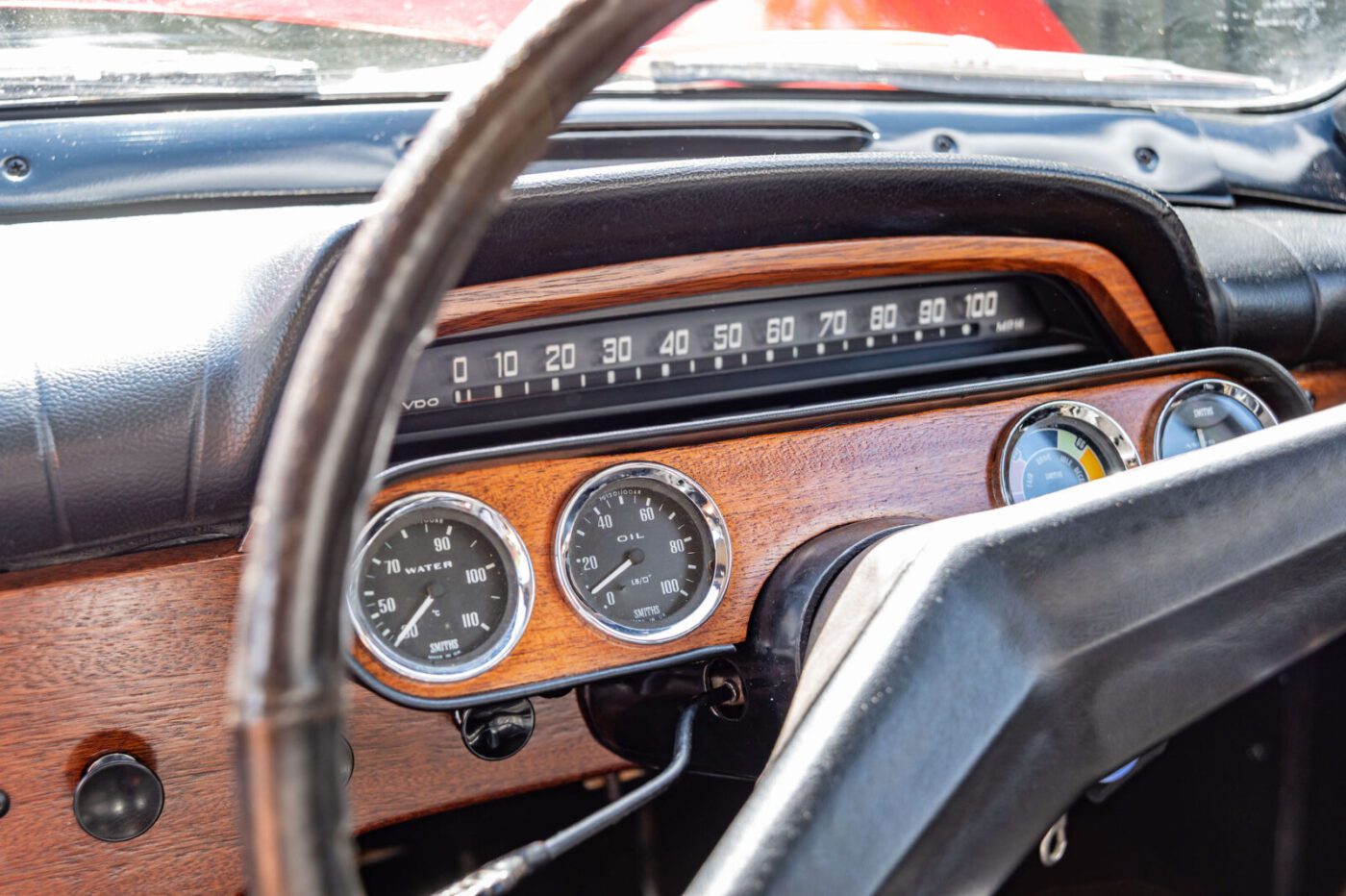
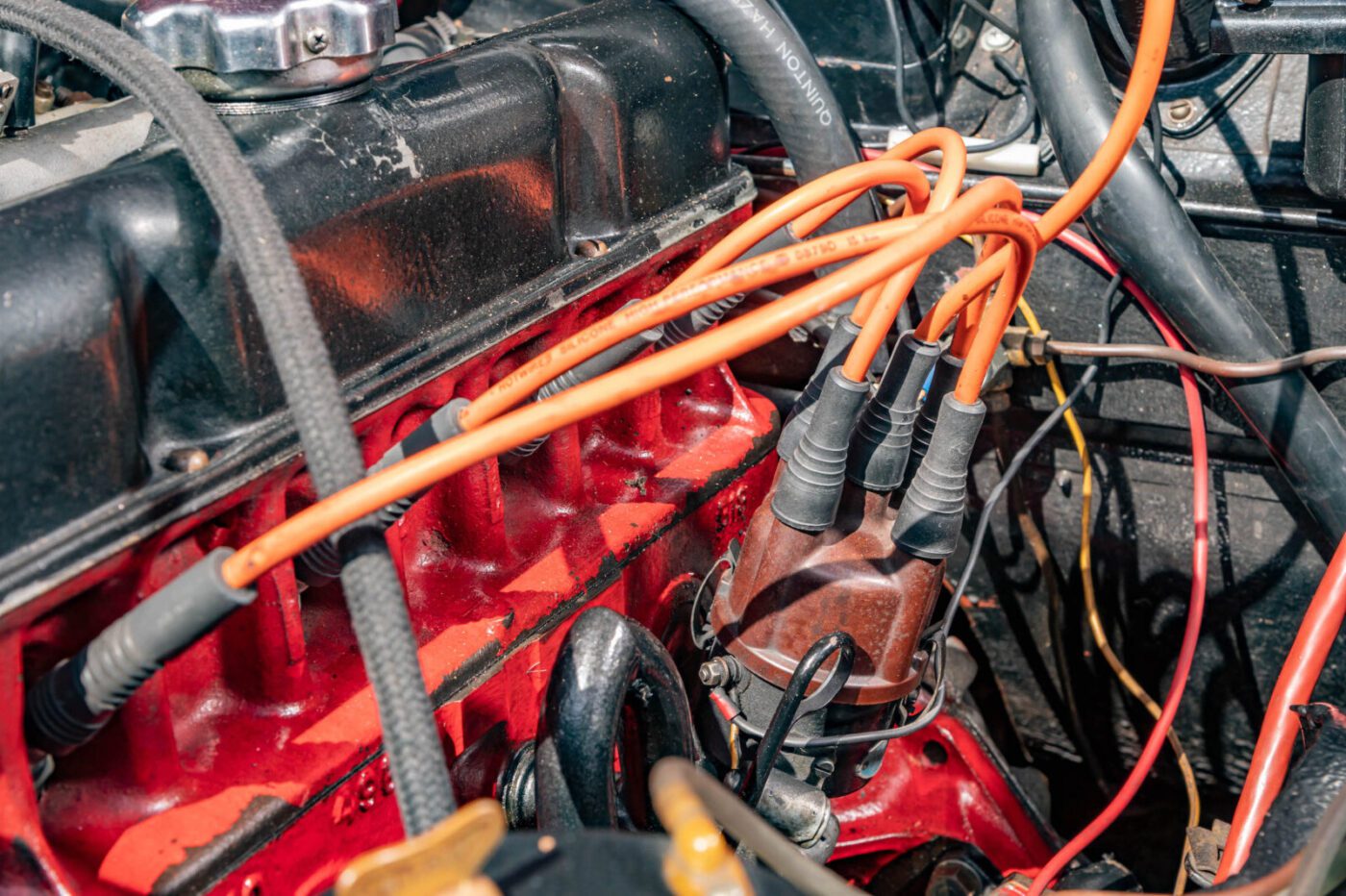
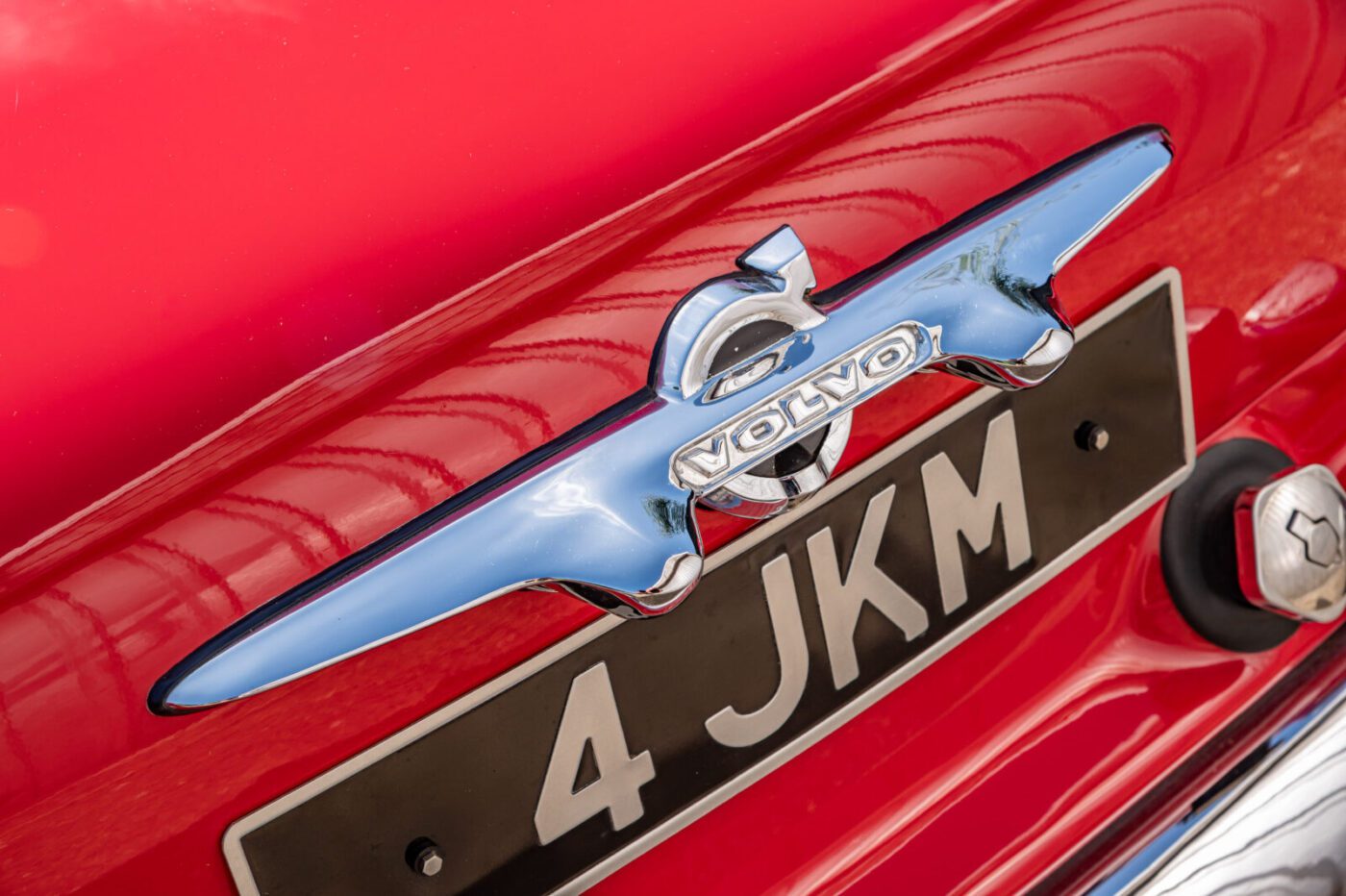
The Great Storm
Then came the Great Storm of October 1987, when 100mph winds – famously dismissed by weatherman Michael Fish the night before – battered the UK.
“I received a phone call from my parents to say the garage wasn’t looking too good, so I rushed round, with all kinds of thoughts in my mind as I contemplated what state the car would be in,” says Keith.
“It was almost bizarre when I got there. The garage had obviously moved sideways, hit the car and sort of leant over. It couldn’t go any further because it would have had to move the car.
“A number of the asbestos panels had cracked and fallen out, but miraculously the car wasn’t damaged. Some of us had to manhandle this garage back to where it should be, I repaired the panels as best I could, locked it all up again and left it.”
Thankfully, such hurricanes are thought to be a once every 300 years phenomenon in the UK…
Years passed, the Volvo remained untouched, and Keith began to question whether he should abandon the restoration and sell the car.
“It wasn’t until 1993 that I finally rolled the car out of the garage again, and it really did look in a very sad way,” he says.
“The enormity of the task ahead was very evident. The undercoat had only given partial protection, resulting in quite extensive surface rusting.”
But with that all-important number plate unable to be sold without an MoT, the car simply had to be saved.
“I thought ‘as long as I’m making some sort of progress I will eventually get it done’, so I earmarked Friday evenings, went straight from work to my mum’s, she’d feed me, and I’d spend a few hours on the car,” he says.
Determined to ensure surface rust wouldn’t break out once more, Keith applied several coats of red oxide primer before the grey primer went on top.
Slow progress
Progress was slow, and it soon became clear the car would take years to complete unless he could spend more time in the garage.
So in 1994, it was towed to his own home, and the work stepped up a gear.
Rusty sections of the floor and panels were cut out and repaired, and many hours were spent getting the door shuts as “reasonable” as possible, and then flatting the surface ready for painting.
Finally, in October 1999, the Amazon was ready to be sent to a local coachworks for spraying, while the brightwork was professionally stripped and re-chromed.
Refitting the trim, and especially the front and rear screens, was a tricky task.
“It’s surprising how many ‘tricks of the trade’ you need when it comes to refitting the various trims and mouldings that adorned cars of the ‘50s and ‘60s,” says Keith. “I was thankful for the manuals and articles I’d acquired which gave some of the tips needed to succeed without damaging either the bodywork or trim. Even with this information, it was sometimes far from straightforward and, to say the least, frustrating. Plenty of patience is required!”
On the interior, Keith had already put his own stamp on the car before it was taken off the road, fitting a wooden dash and wooden cappings for the doors.
Stylish
“I like wood panelling – it looks stylish,” he says. “And I like wood-working, so I decided to panel it.”
He also likes dials, so fitted oil pressure, ammeter, water temperature and vacuum gauges in a hand-made panel that fits neatly between the top of the steering column and speedo.
“To my mind, it looks as though it was always meant to be there,” he says. “That’s my classic car and, to a certain extent, it says something about me as well.
“I know there are people who say you must keep it exactly as it came out of the factory. Well, if you’ve got a car that’s old and it is more or less as it came out, great, keep it that way. But if you’ve got to do an awful lot of work on a car…”
Similarly, very few Amazons were fitted with carpets, but Keith cut and fitted his own set.
Finally, in October 2001, the car was ready for its MoT, which it passed with flying colours despite Keith forgetting to refill the differential with oil.
Any thoughts of selling the car had long disappeared but, with an MoT ticket secured, selling the number plate was still an option.
“The money would be quite useful to us, but when I told my mum she said ‘you can’t sell the number plate, it’s part of that car’,” he says. “I told her that £3,000 was a lot of money, but she said ‘oh no, I’ll give you the £3,000’, so the number plate stayed on it. I’m very pleased it did.”
Since 2001, the car has been used for shows, where it has collected a win and two second places, and runs out with the Civil Service Motoring Association club, now known as Boundless.
As for the future, it will be more of the same, keeping the car looking as good as it can be and driving it for as long as he is able.
It’s not the only car that Keith looks after with almost obsessional care – a 1993 Mercedes 190E and a 2002 Mazda MX-5 are in equally immaculate condition, and he’s owned them both for nearly 20 years.
It’s a trait he got from his father, who bought a Wolseley 1500 in 1964 and kept it until the day he died some 25 years later.
The car remained in the garage at Keith’s mum’s house until after her death in 2013, when it was finally sold.
“I had at one time thought about restoring it, but I decided I have enough ‘classics’ to keep me busy,” he says. “However I did get it running again before it was sold.”
Preservation techniques
Keith also got his car preservation techniques from his father.
“He used to put a plastic sheet down and spray the underneath with sump oil mixed with a bit of paraffin, right up into the box sections,” he says. “That stopped the rust, and I’ve done that with all my cars.
“It’s not a pleasant job, but it does keep all the suspension joints free of rust, the brake lines don’t get any rust, and when I do need to replace anything the bolts come off easily!”
Keith is not convinced any of his three children will want to one day take on the Volvo.
“They’re not really mechanically minded,” he says. “I’m sure they’ll all vie for the Mazda, but I think the Volvo will end up going somewhere else.
“But sometimes people change as they get older, so you never know.”
One thing we do know is that Keith will continue to dote on a car that’s been with him for his entire adult life.

